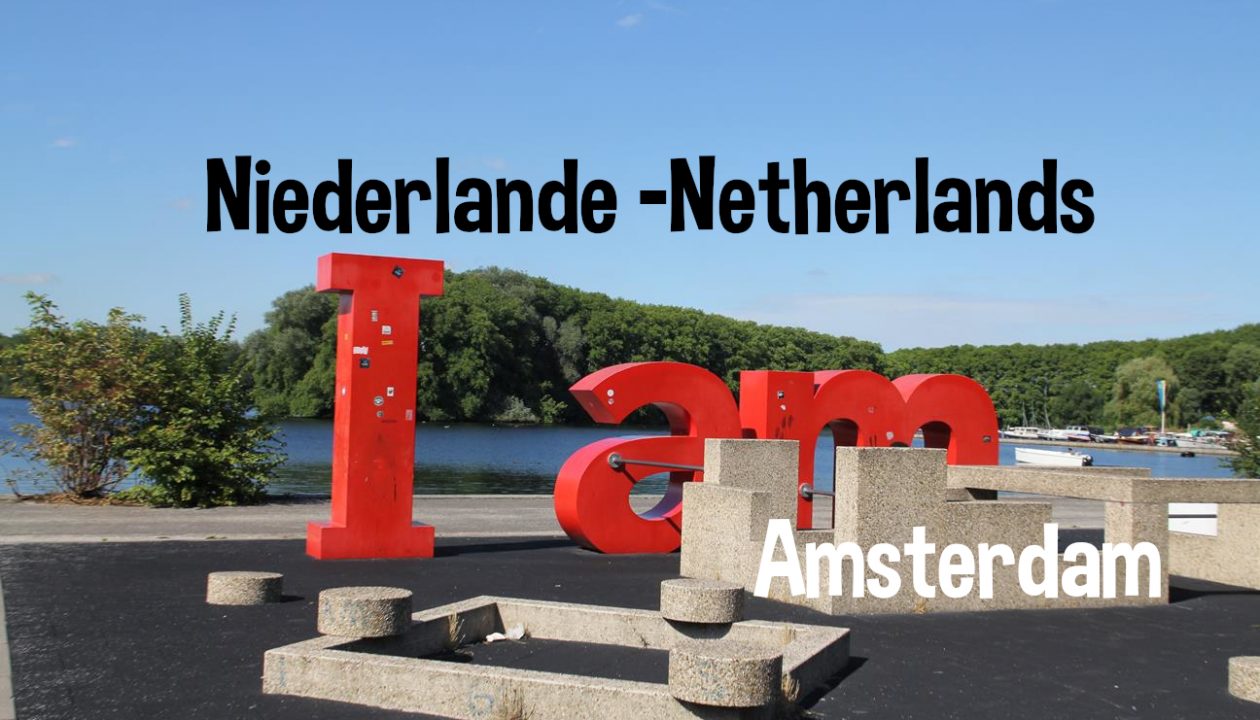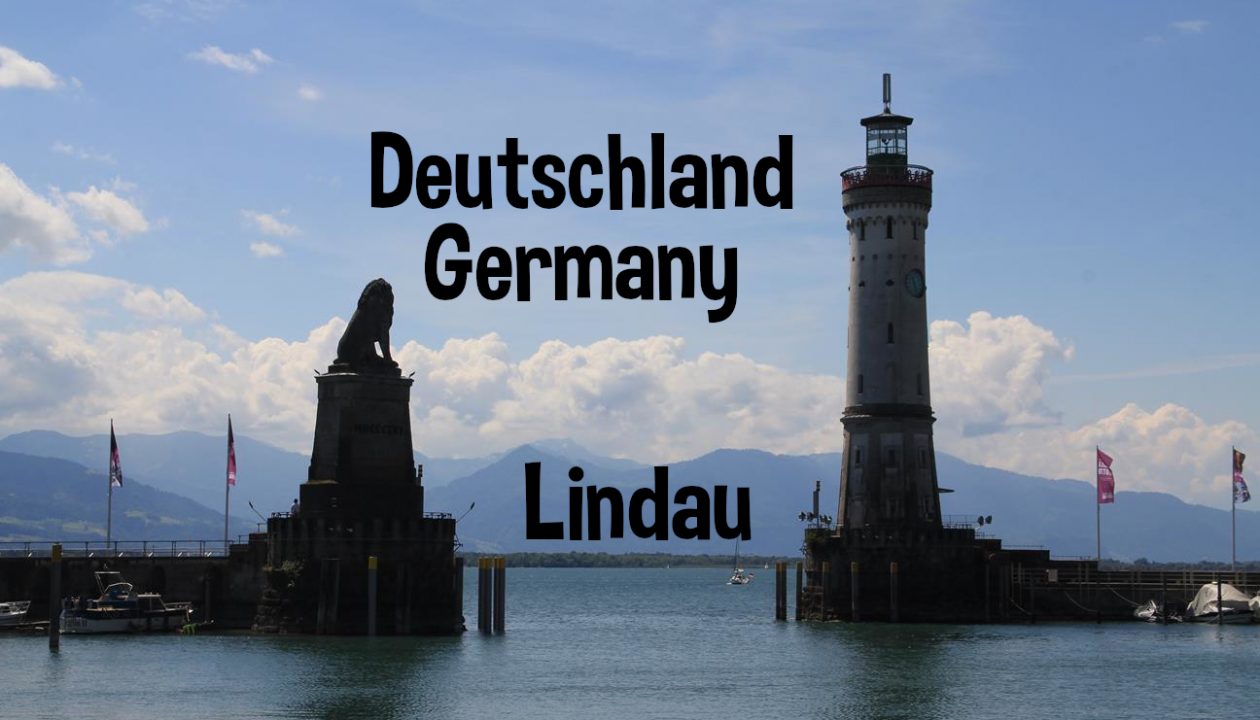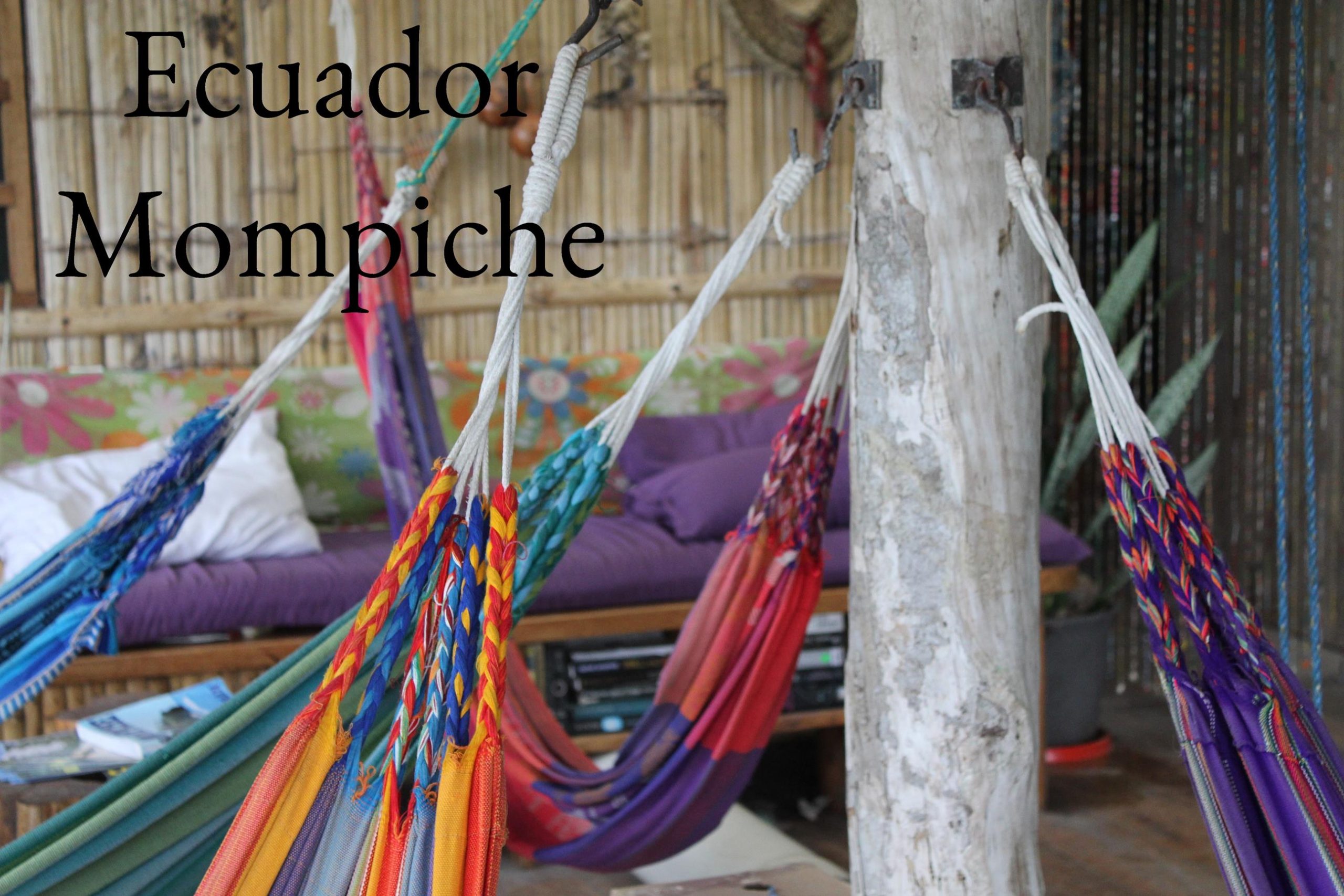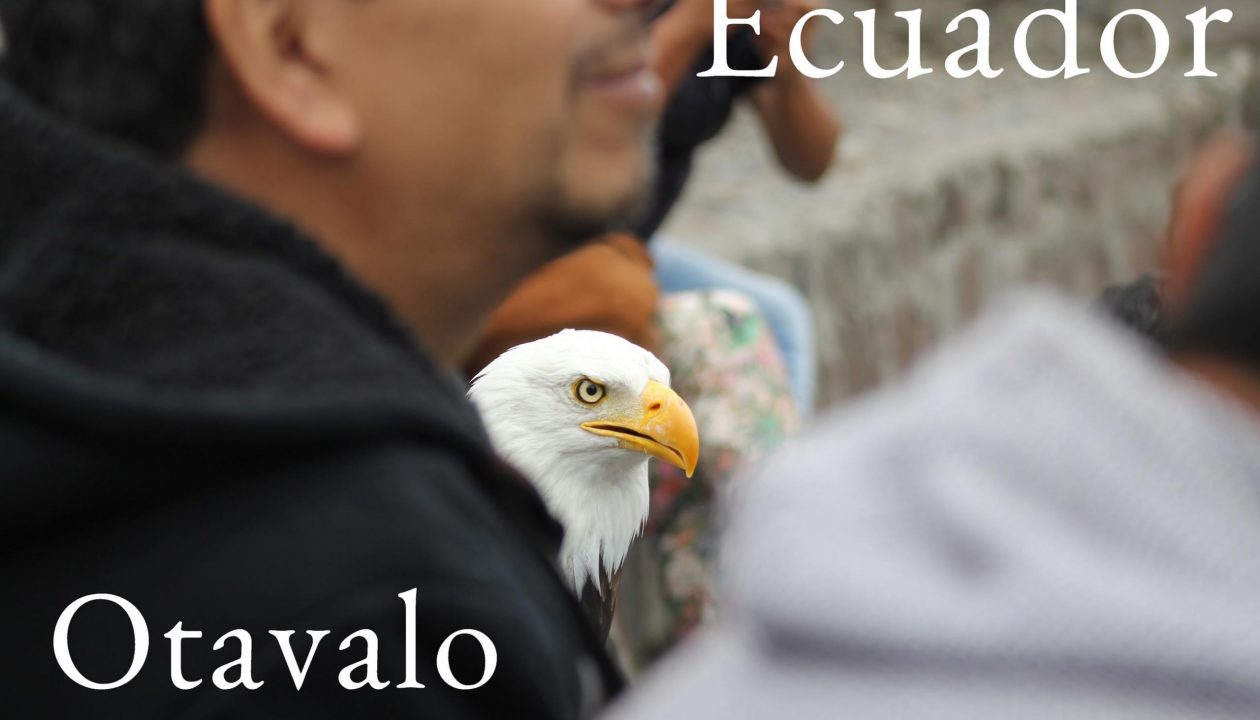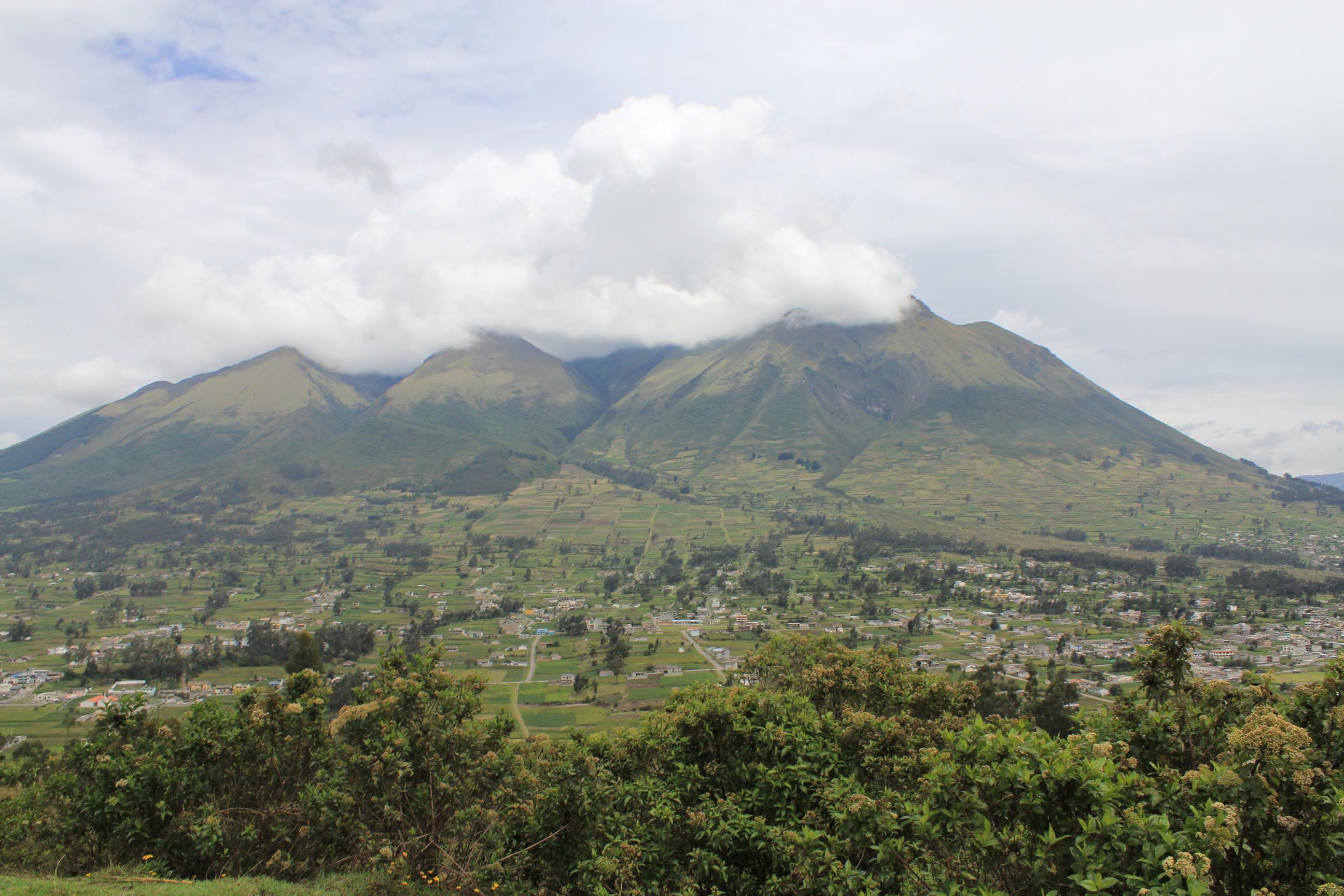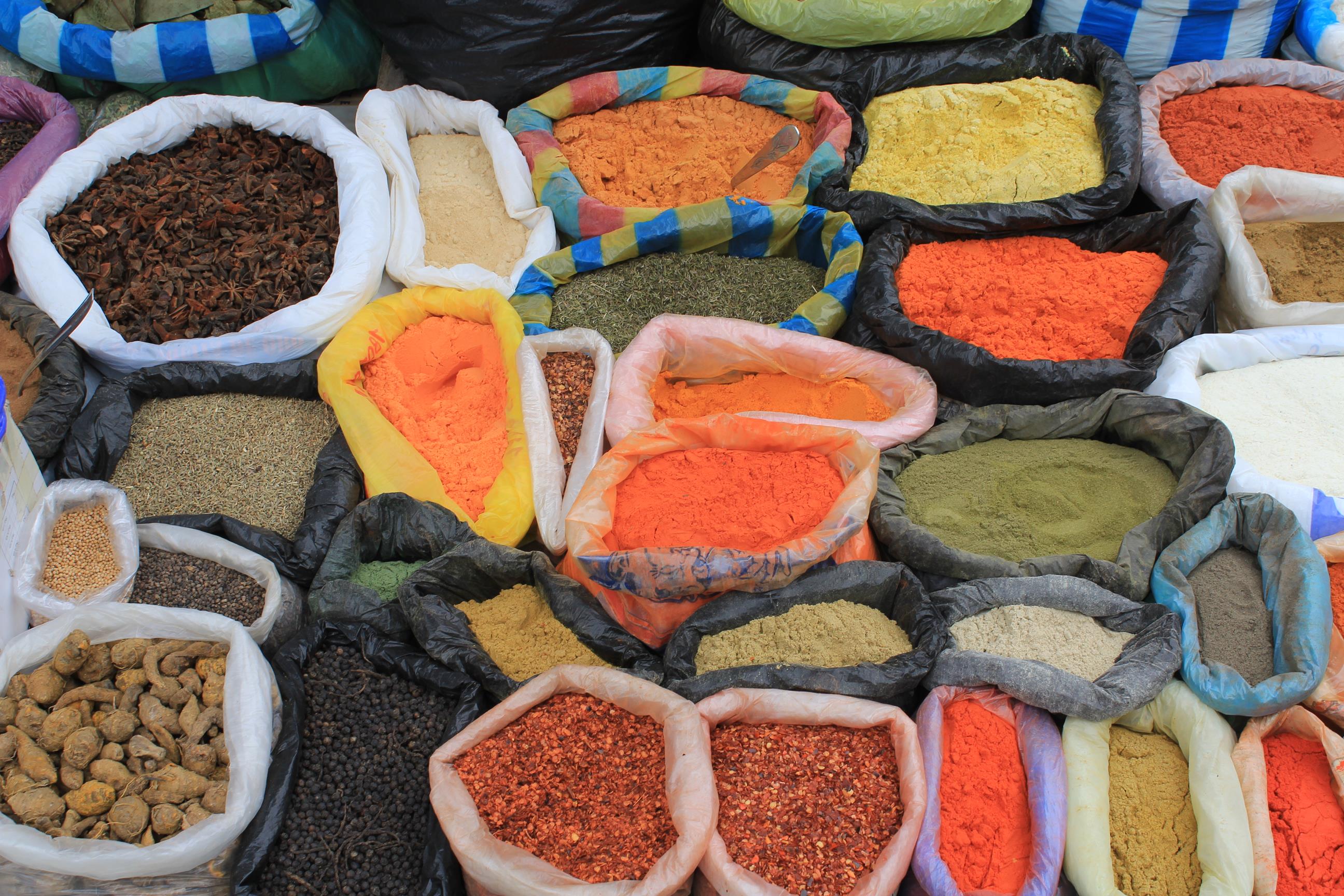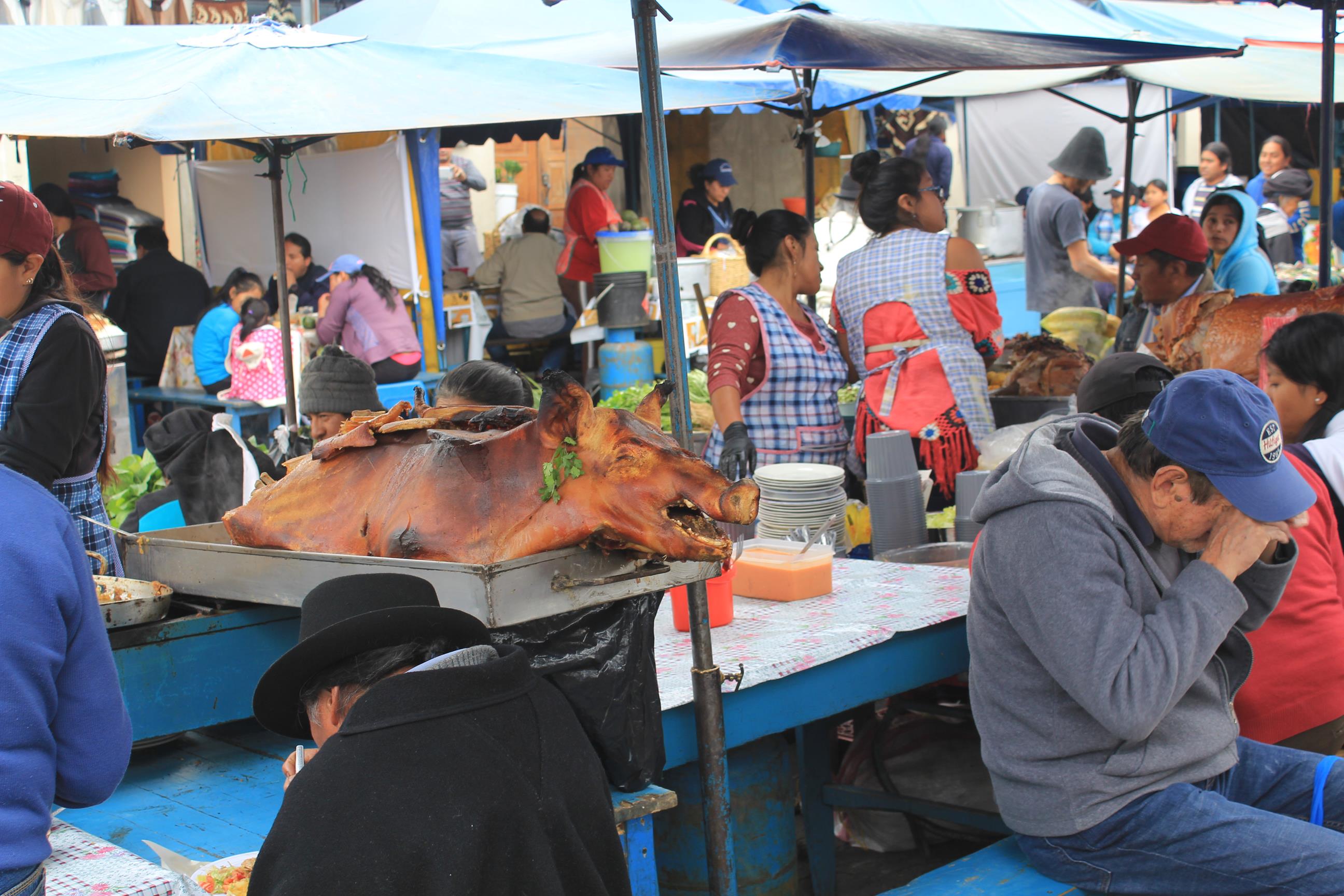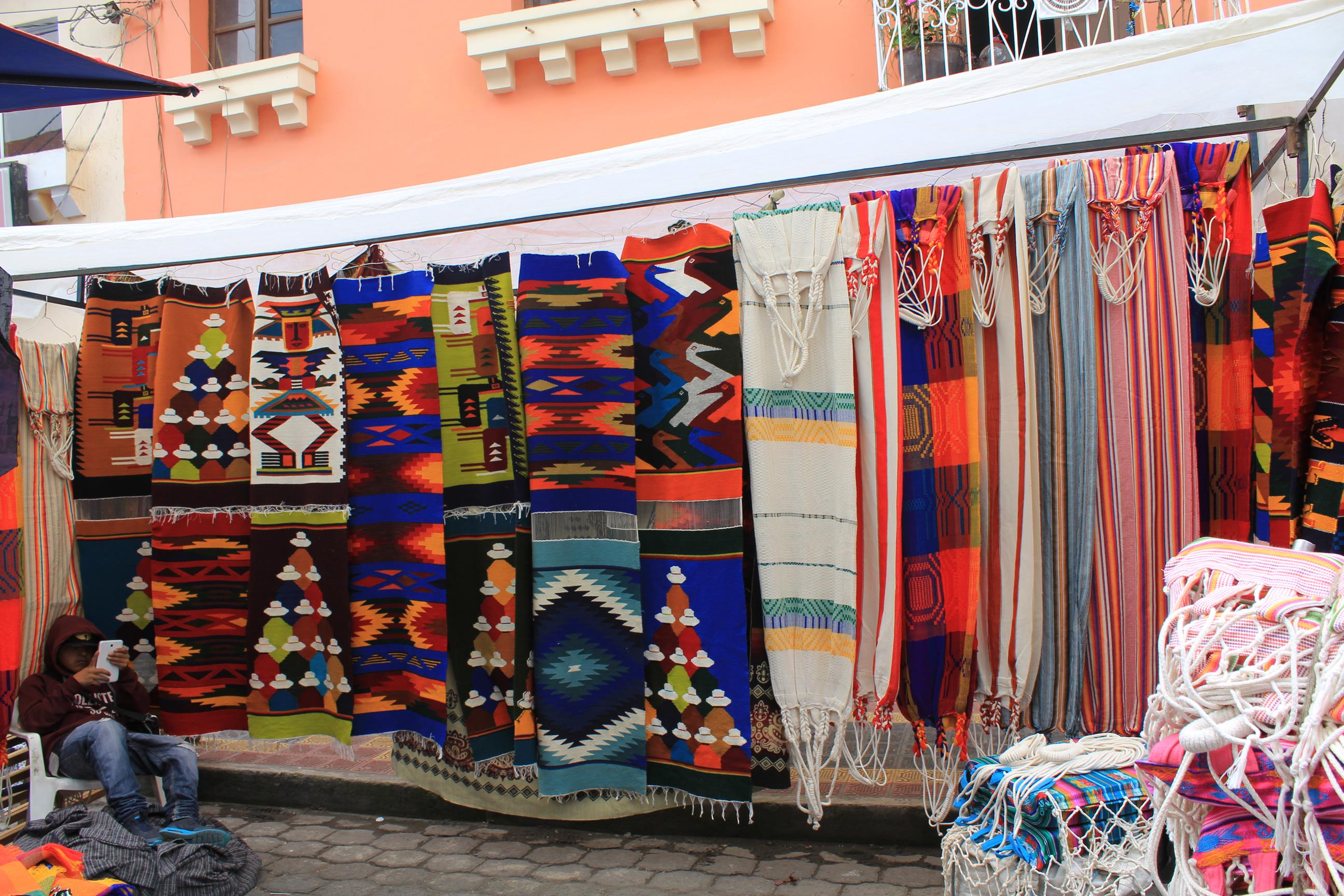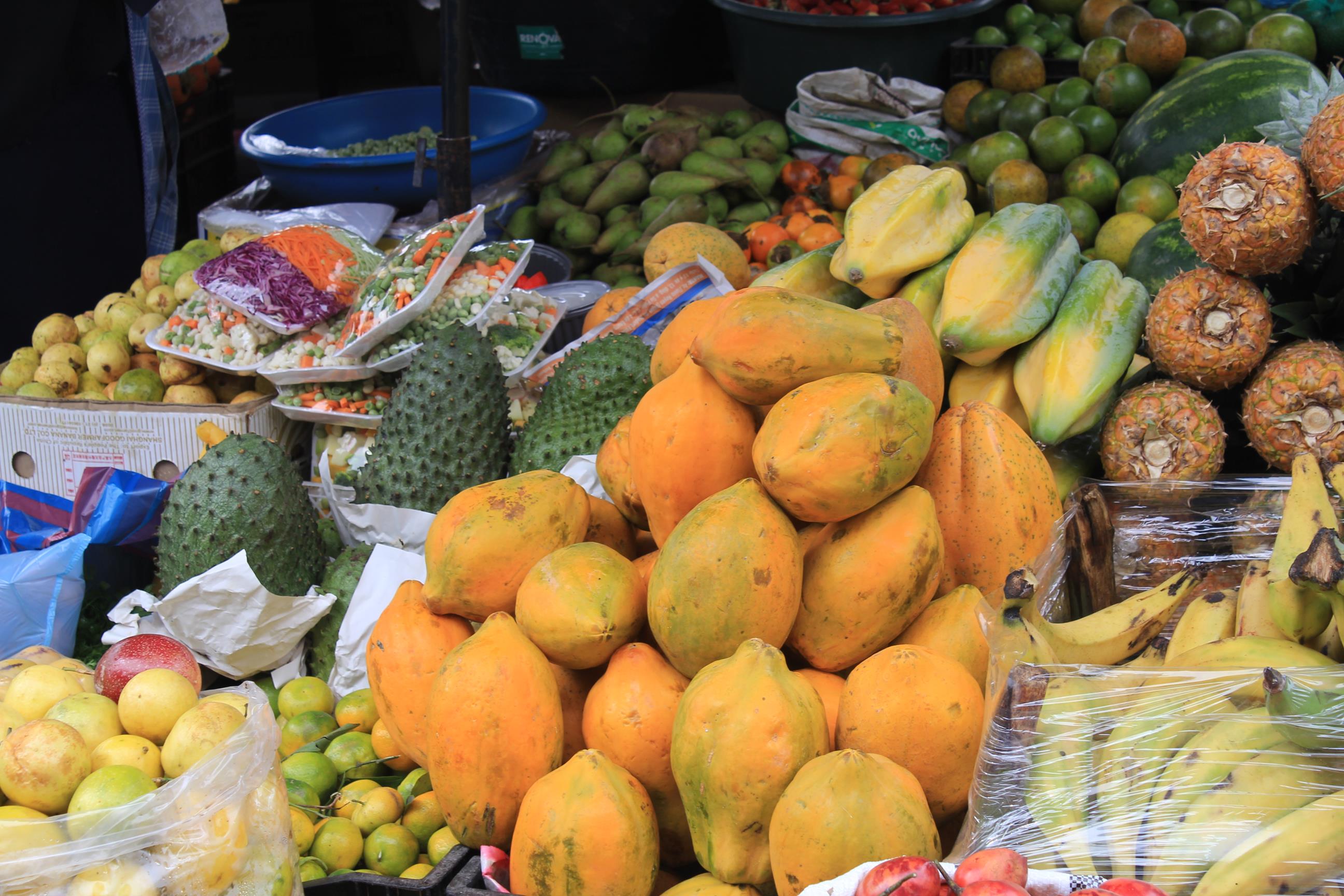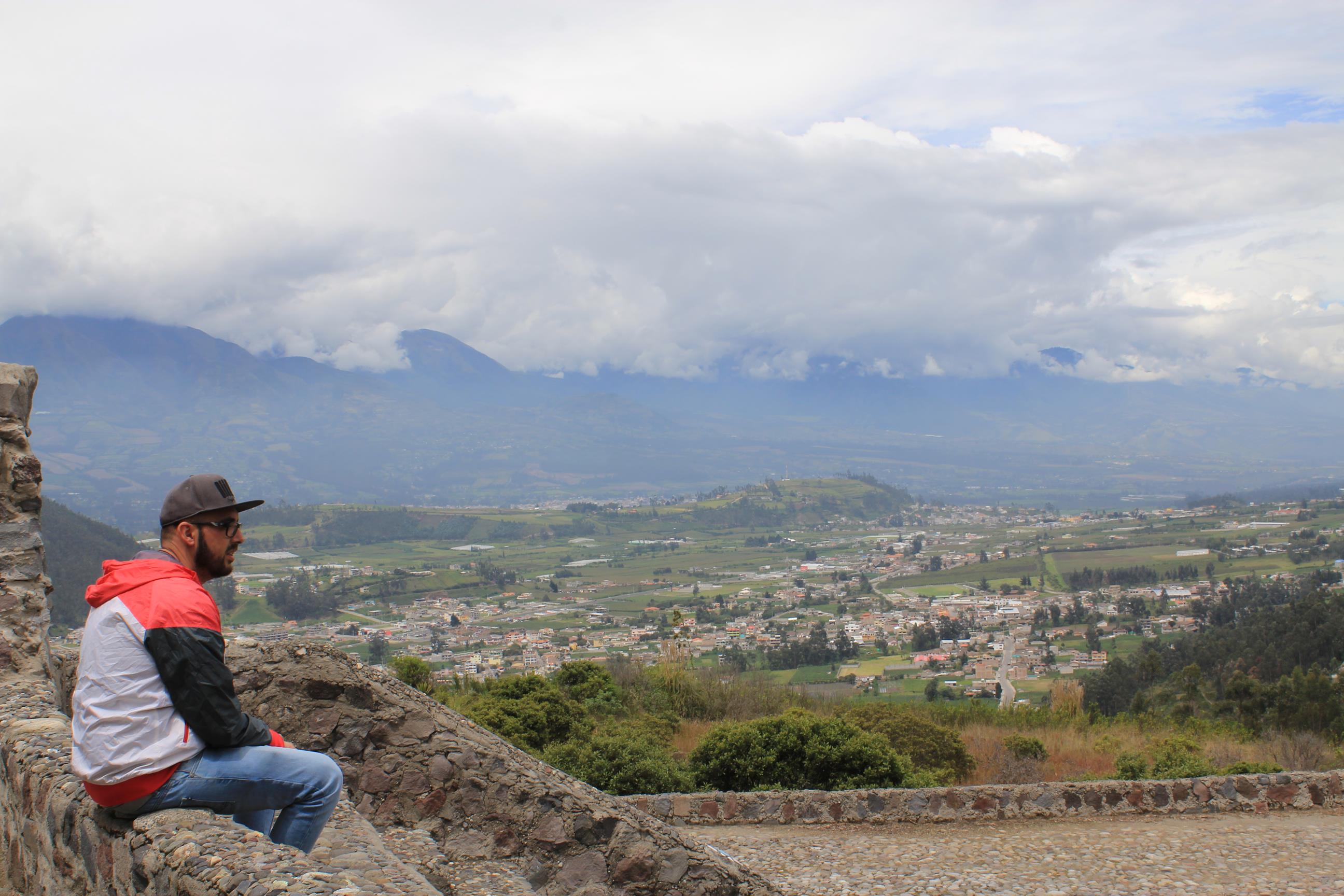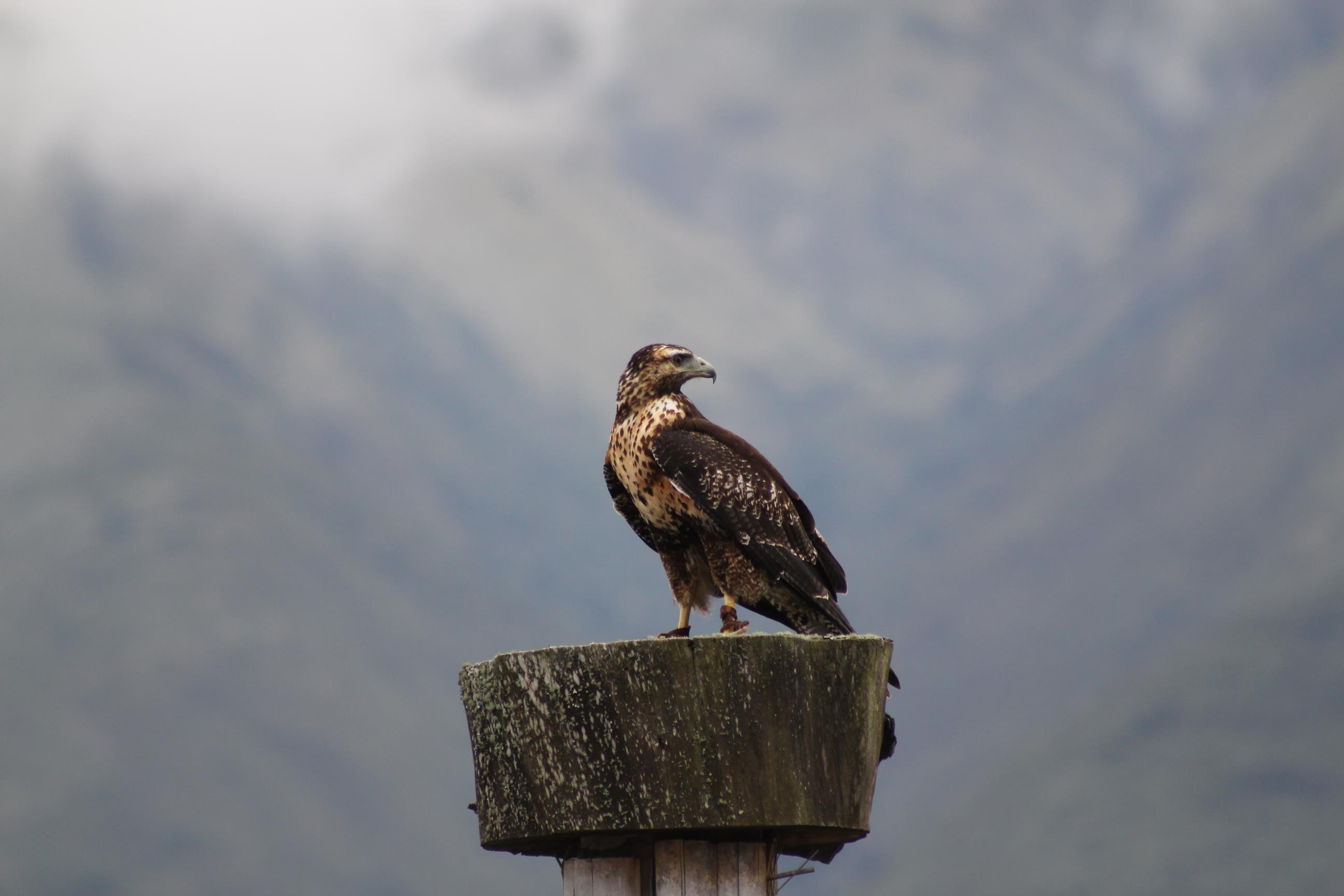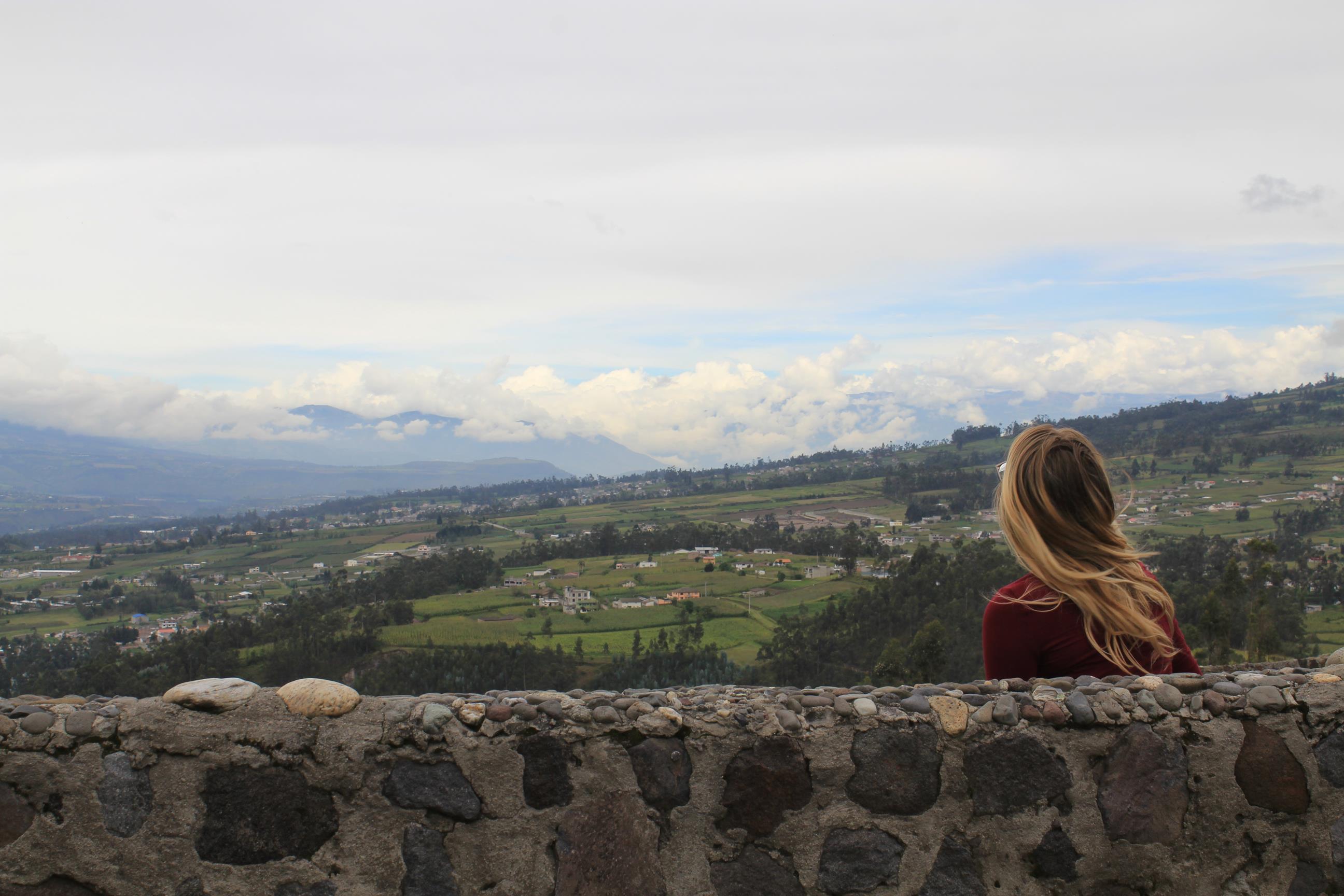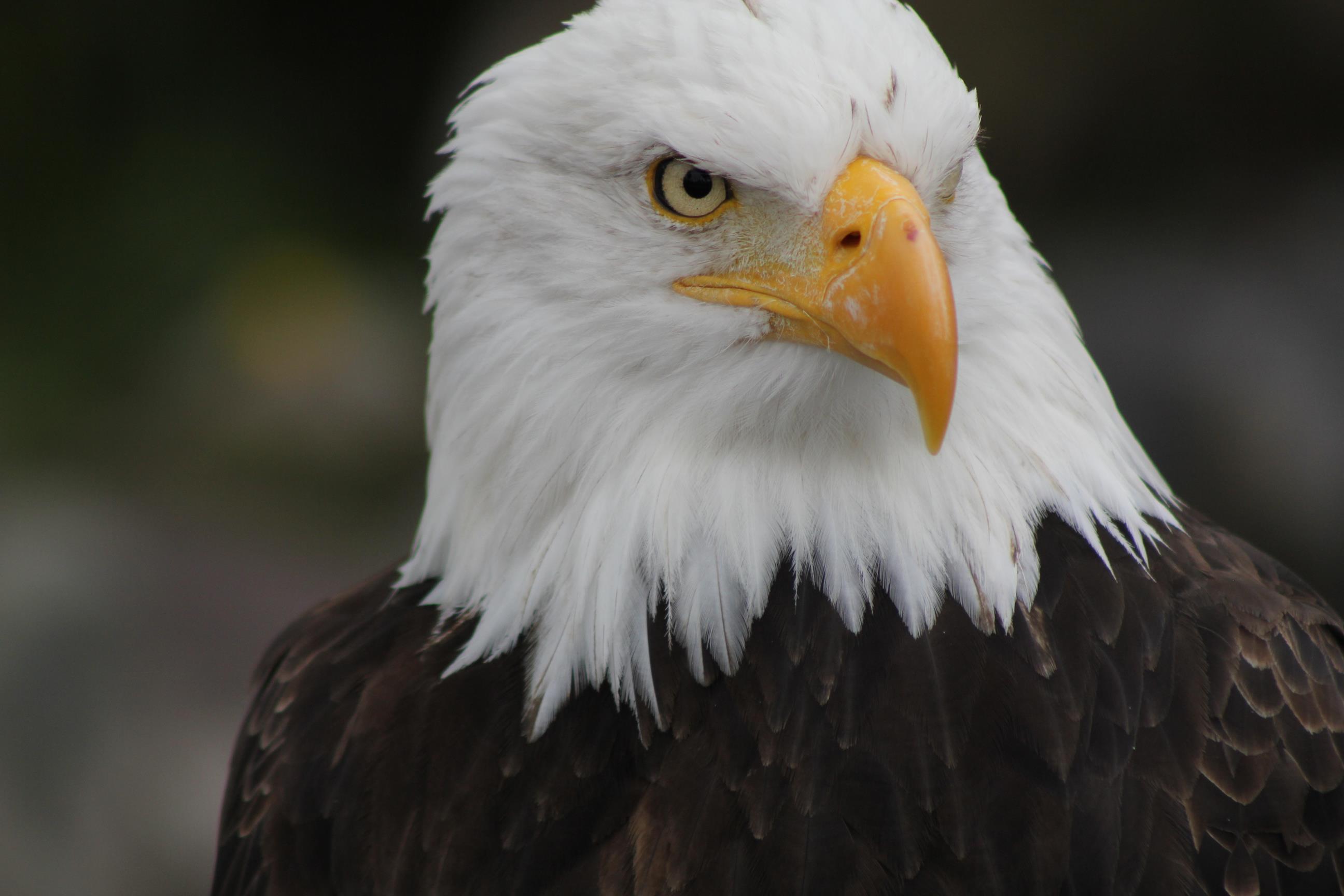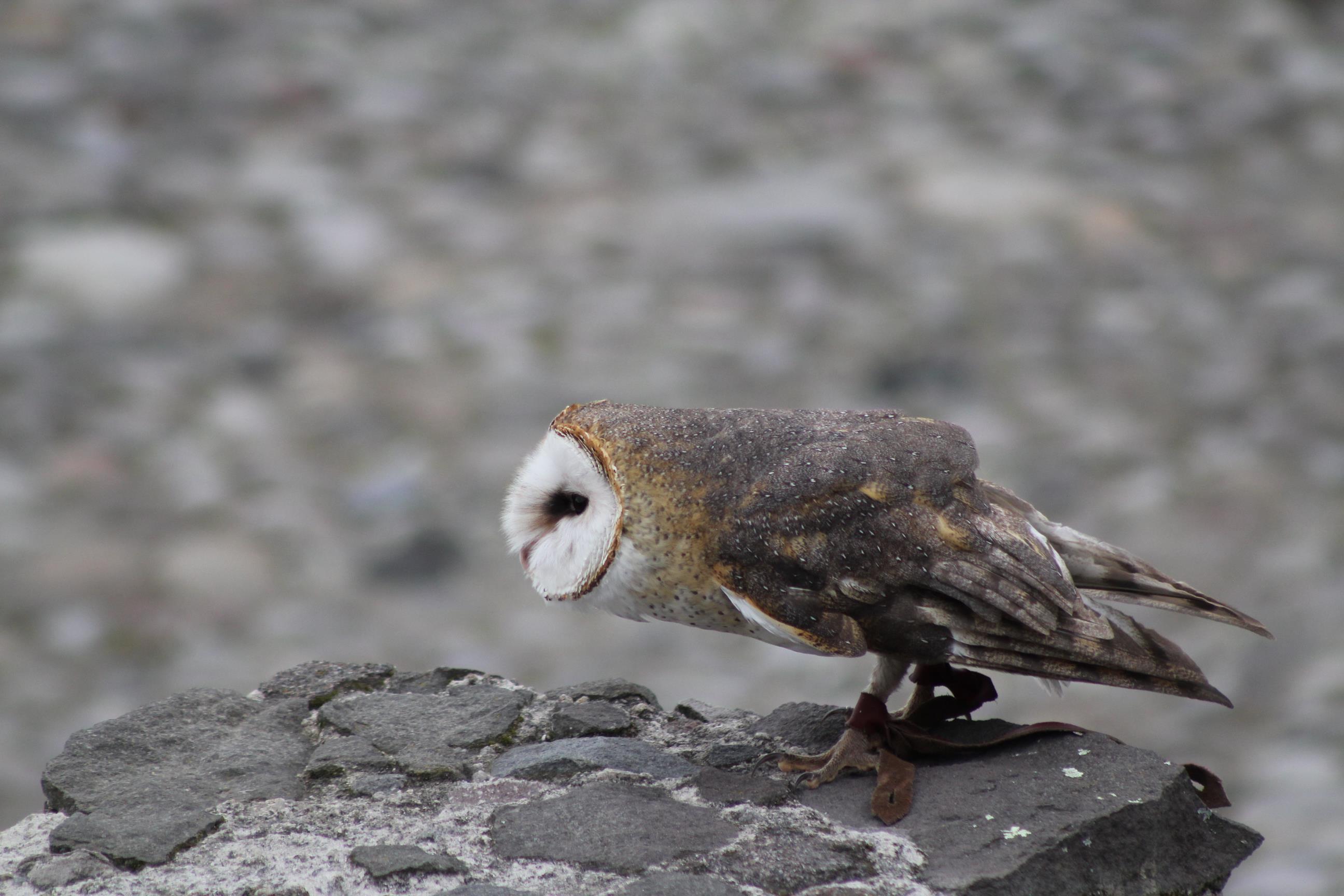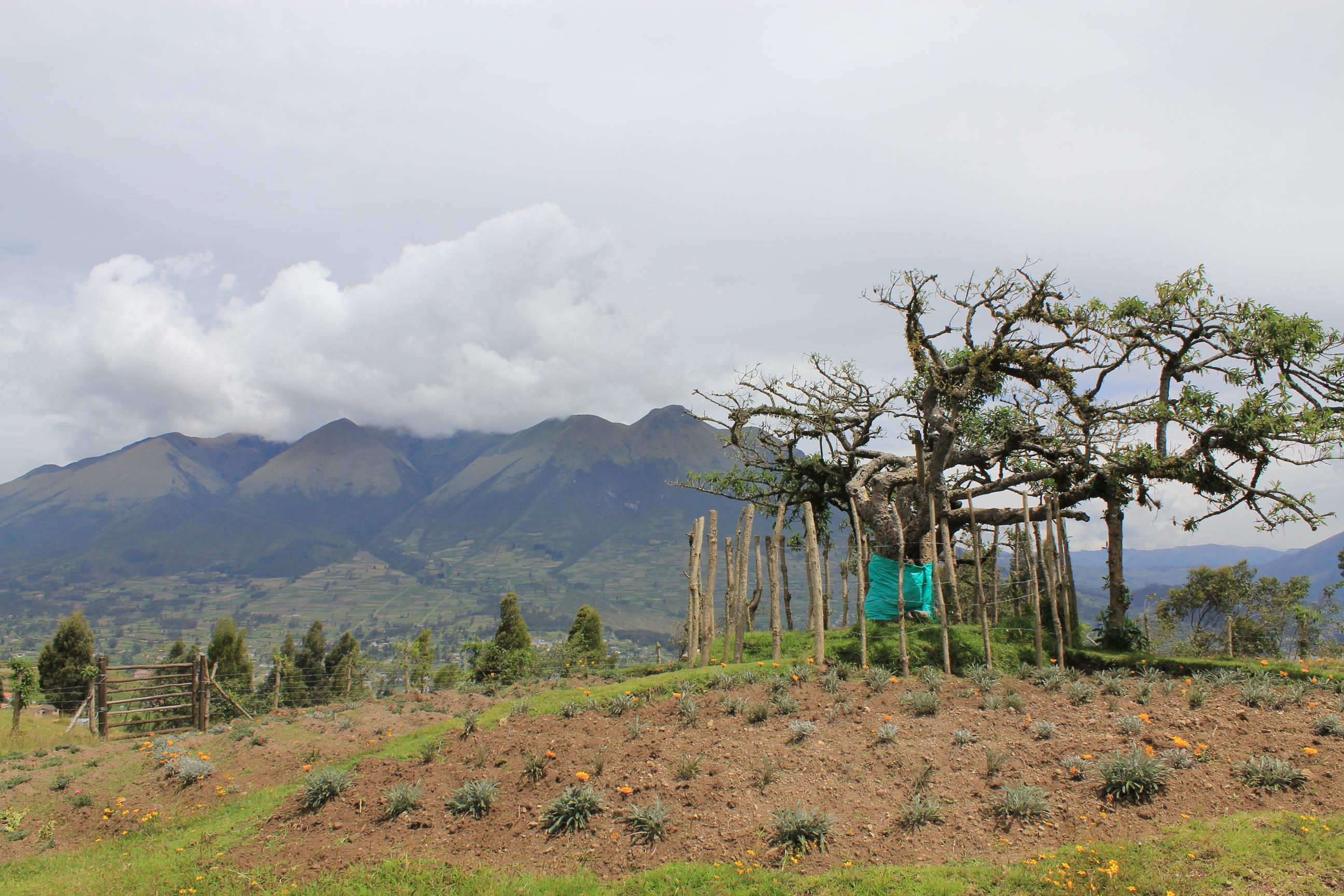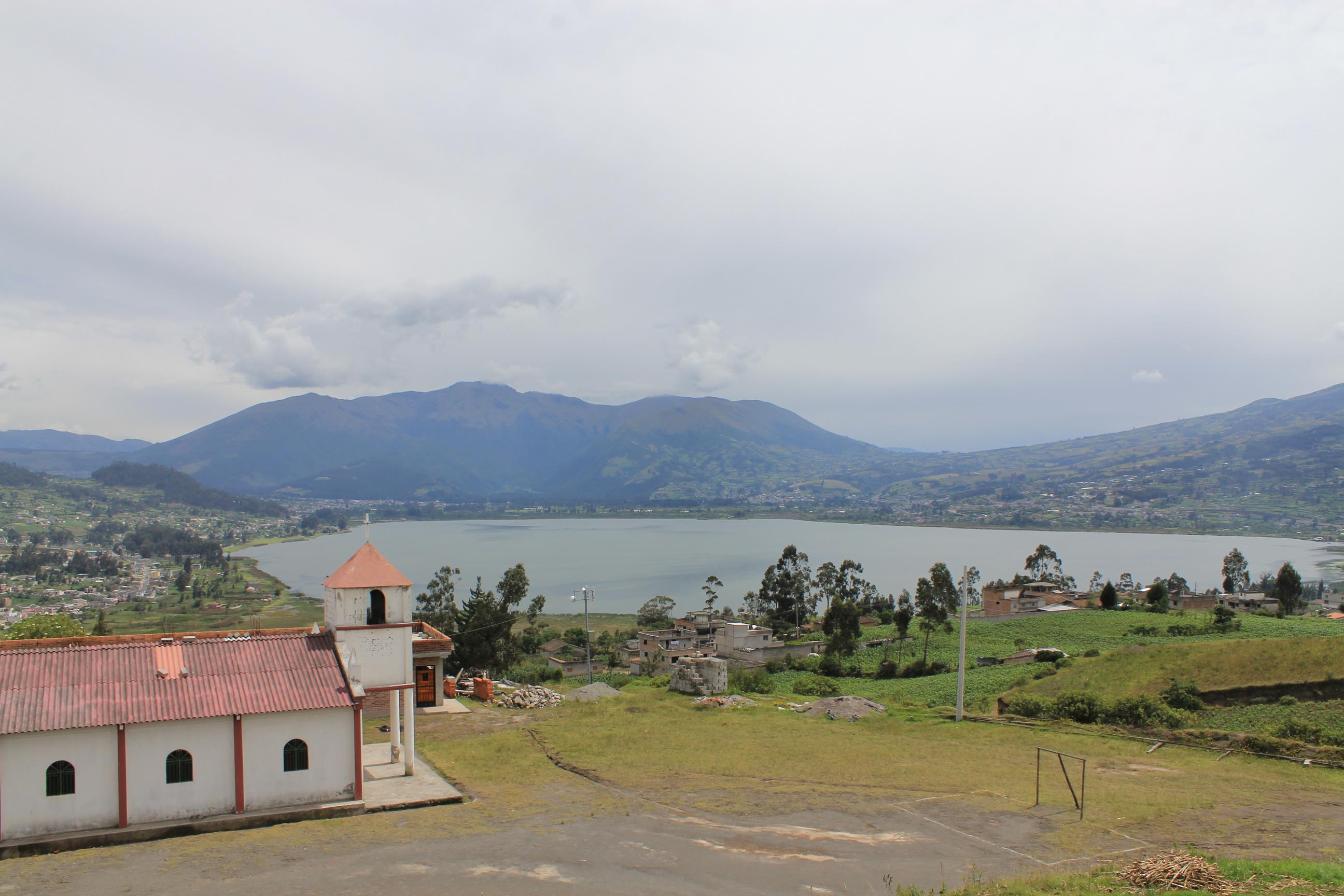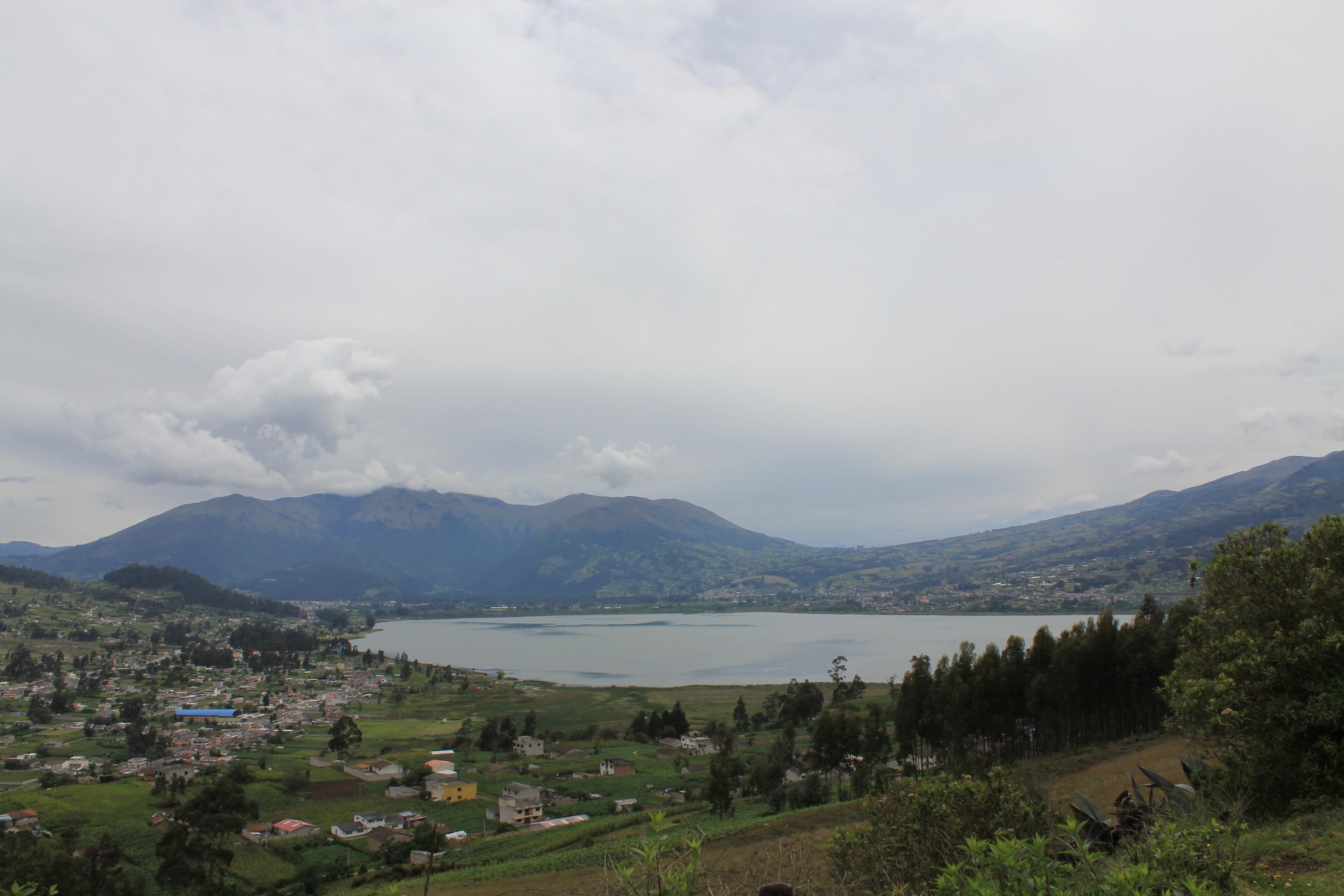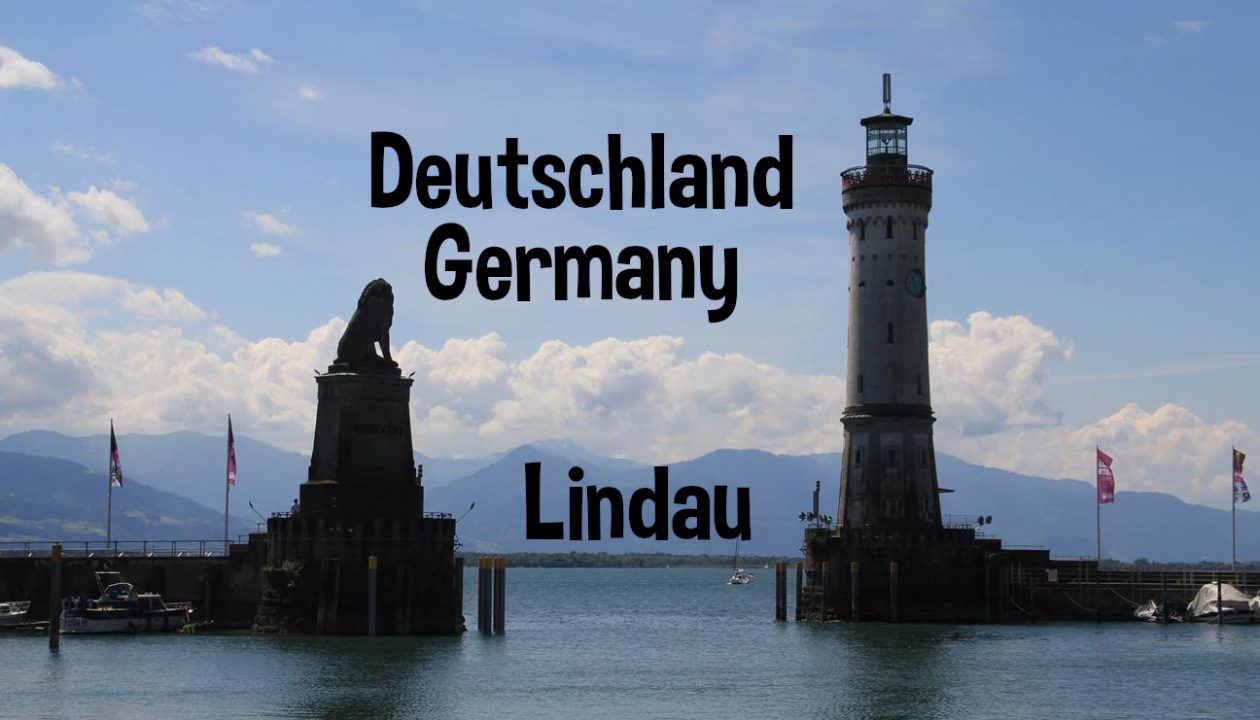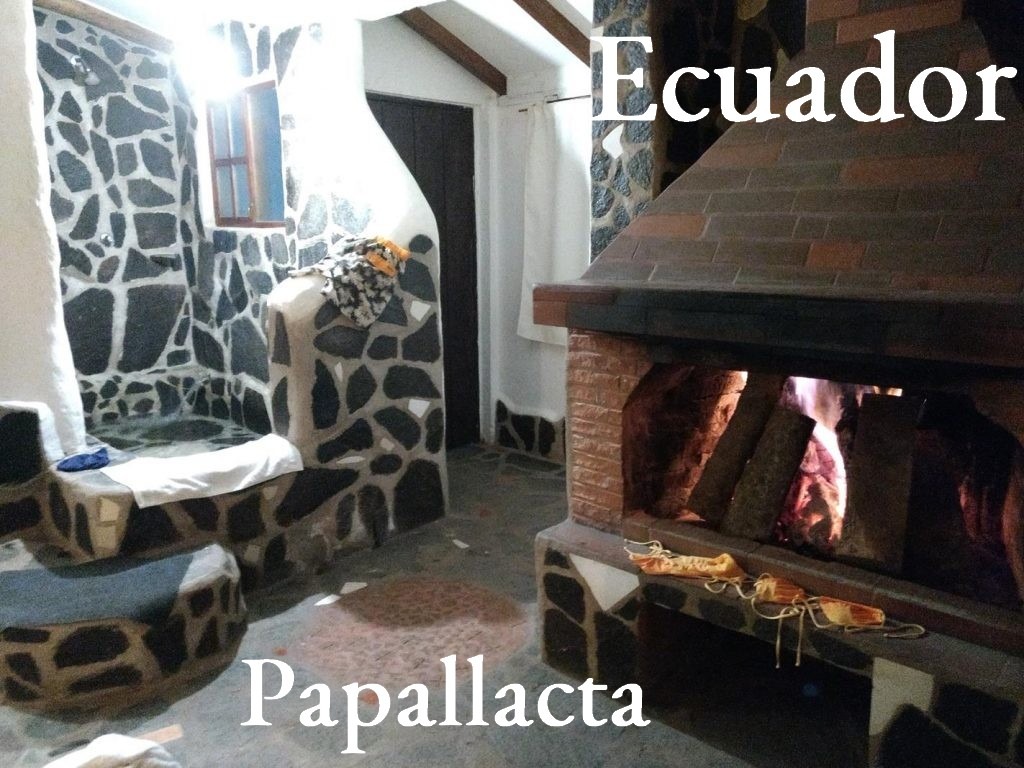
Ecuador: Papallacta
12. February 2018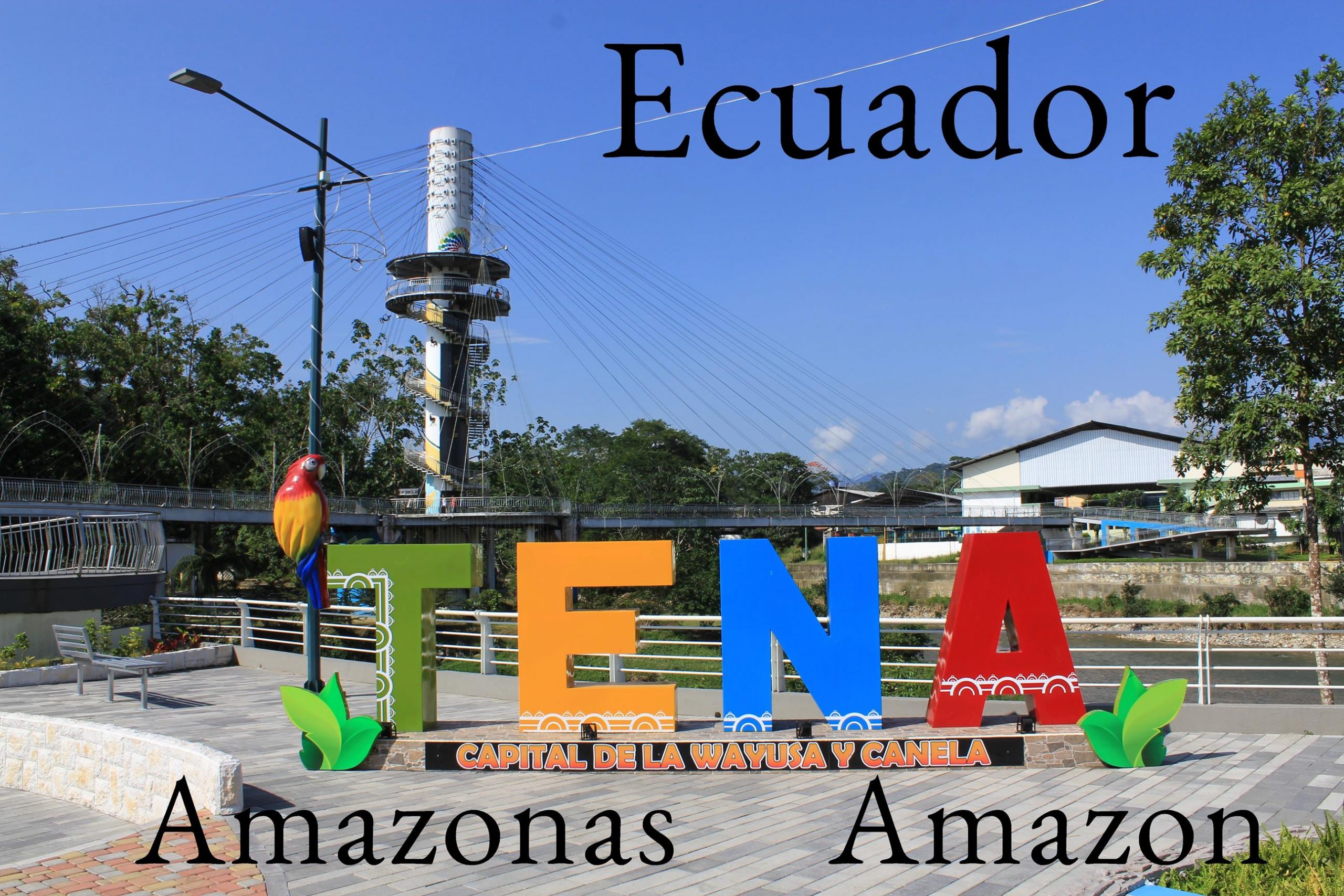
Ecuador: Tena – Amazonas
13. February 2018Coca-Tee gegen die Höhe
Otavallo liegt auf einer Höhe von 2532 Meter über Normalnull und hat etwa 40.000 Einwohner. Touristen, die die Stadt besuchen, wird grundsätzlich geraten einen Coca-Tee am Tag zu trinken. Die Coca-Pflanze, sonst als Grundstoff zur Herstellung von Kokain bekannt, zeigt dabei eine weit abgeschwächte Wirkung zur chemischen Droge und unterstützt den Körper bei der Anpassung an die dünne Umgebungsluft. Wir haben den Coca-Tee erst später in Papallacta (3600 m) probiert – er hilft und nein, er wirkt nicht berauschend. Man kann das Getränk in beinahe jedem Shop und sogar laufende Händlern, die ihr Geld nur durch den Verkauf des Tees machen, kaufen. Aufpassen sollte man bei der Ausreise aus dem Land. Der Tee ist nur in Peru, Bolivien, Kolumbien, Argentinien, Chile und Ecuador gesetzlich erlaubt.
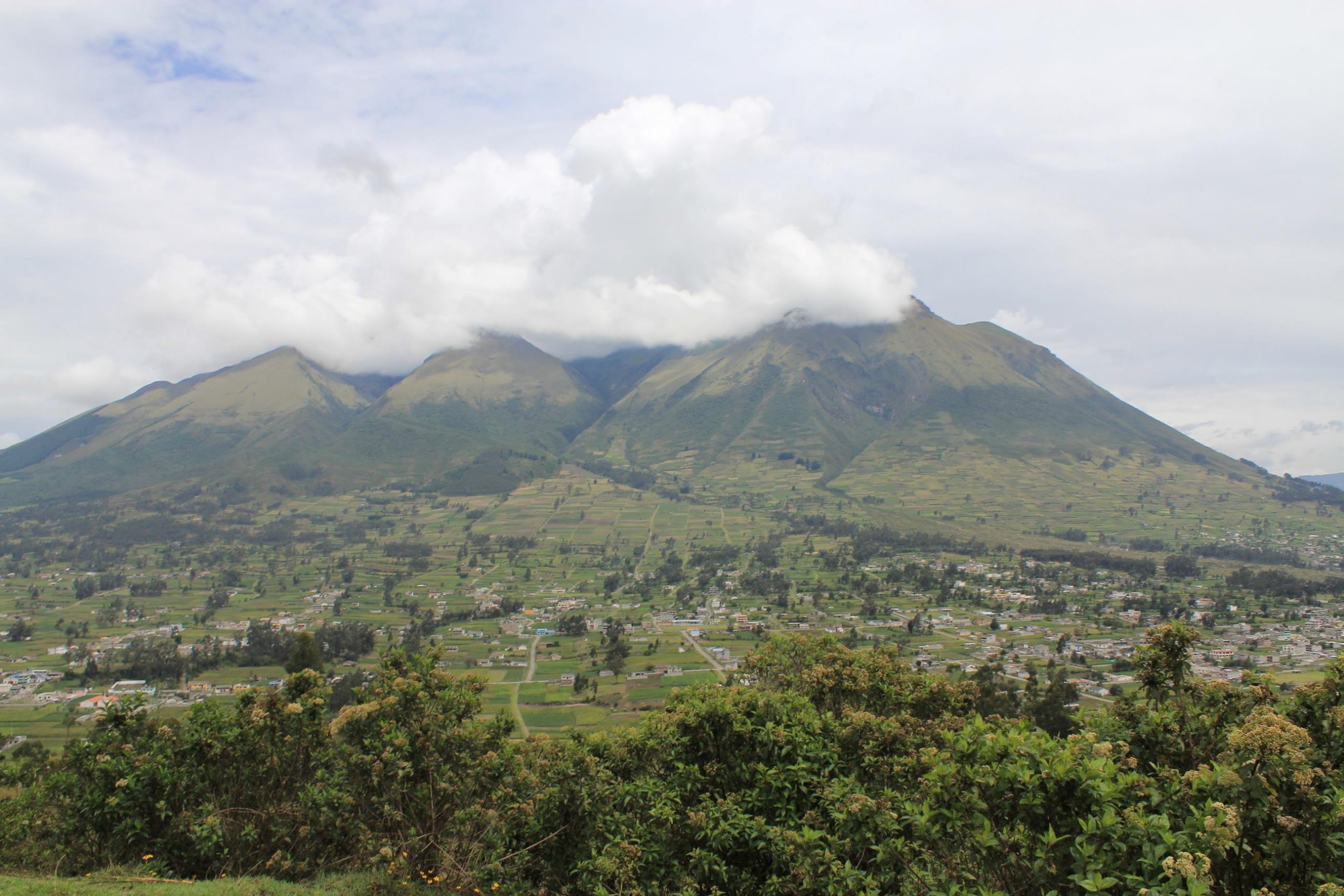
Die Sehenswürdigkeiten
Zu den Sehenswürdigkeiten der Stadt zählt hauptsächlich die Natur, die sie umgibt. Eingerahmt von drei Vulkanen – Imbabura, Cotacachi und Mojanda – gibt es im Umkreis Wasserfälle, Seen und endlose Wanderwege ins Gebirge. In der Innenstadt findet jeden Samstag der Indio-Markt auf dem Plaza de Ponchos statt. Er ist eine der bekanntesten touristischen Attraktionen des Landes und bietet die perfekte Gelegenheit zum Souvenirs-Shopping. Zu Stoßzeiten schwillt er auf ein Drittel der Stadtfläche an und bietet von Obst, Gemüse und Gewürzen bis zu Kleidung, Spielzeug und Edelsteinen alles, was ein Tourist kaufen könnte – ich mir eine Hängematte, zum Beispiel. Außerdem kann ich den Kaffee aus der Region empfehlen, den sollte man definitiv probieren, wenn man vor Ort ist.
Mit der Kamera auf dem Markt unterwegs – Gewürze
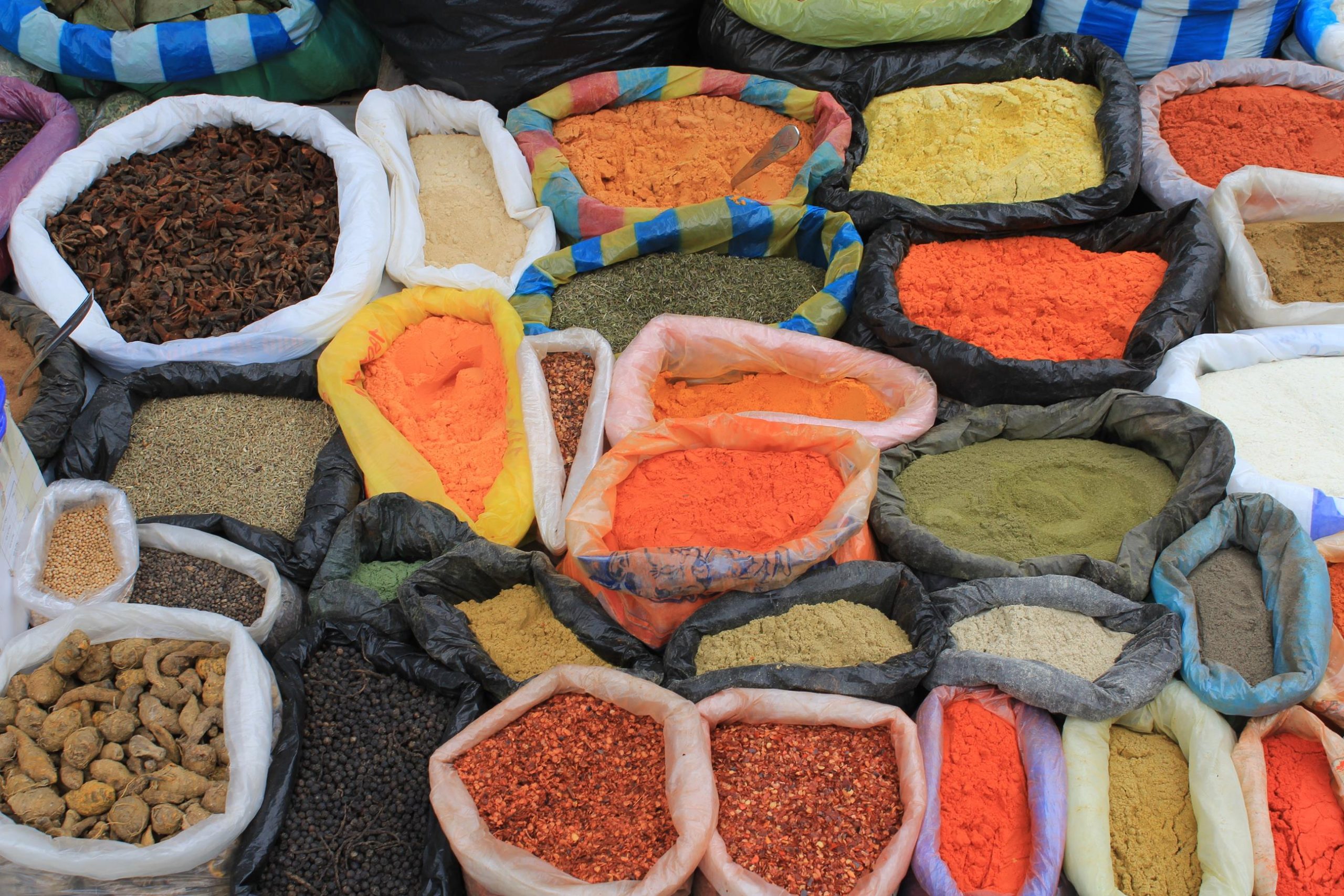
Eine arme Sau
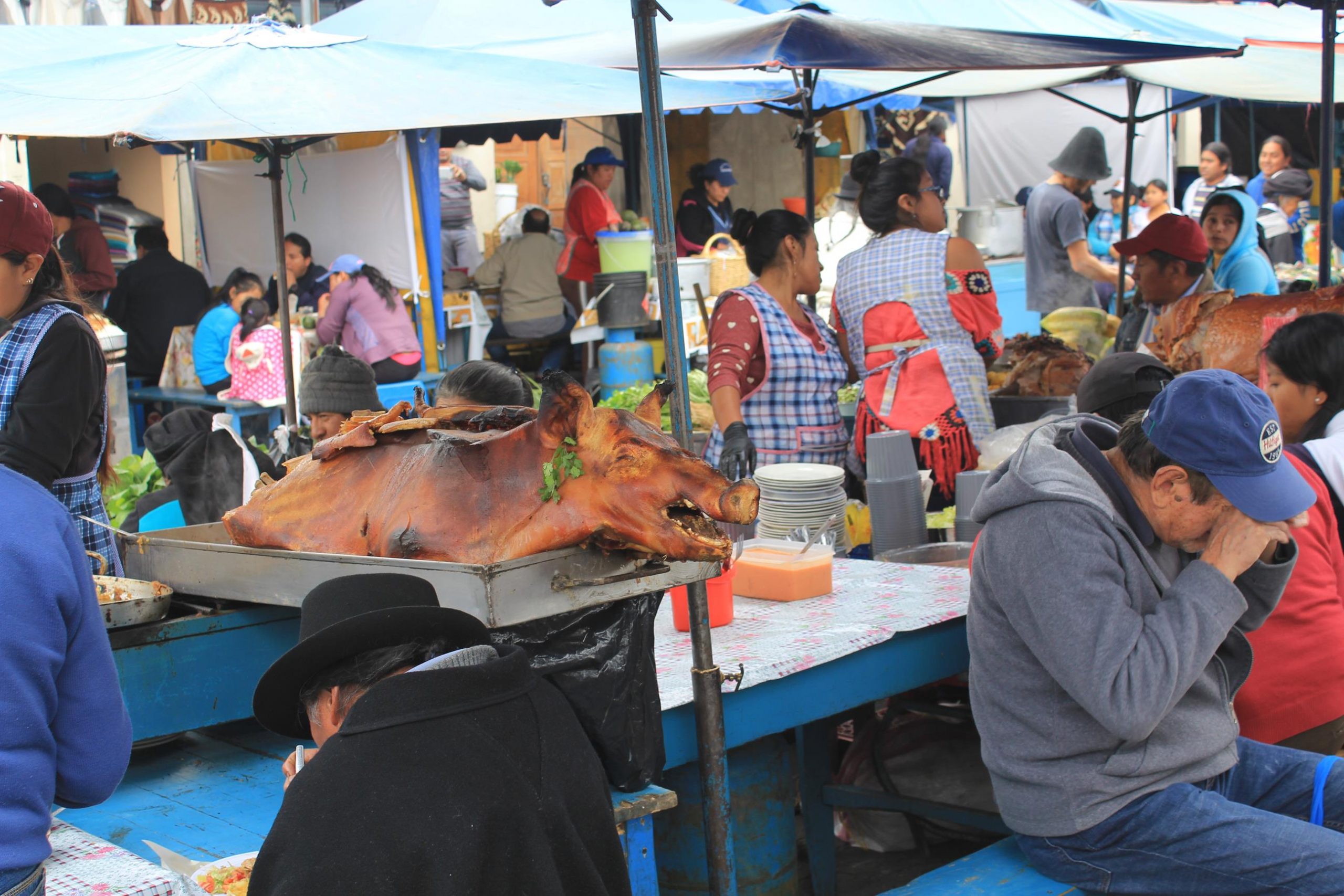
Hängematten – eine davon gehört jetzt mir
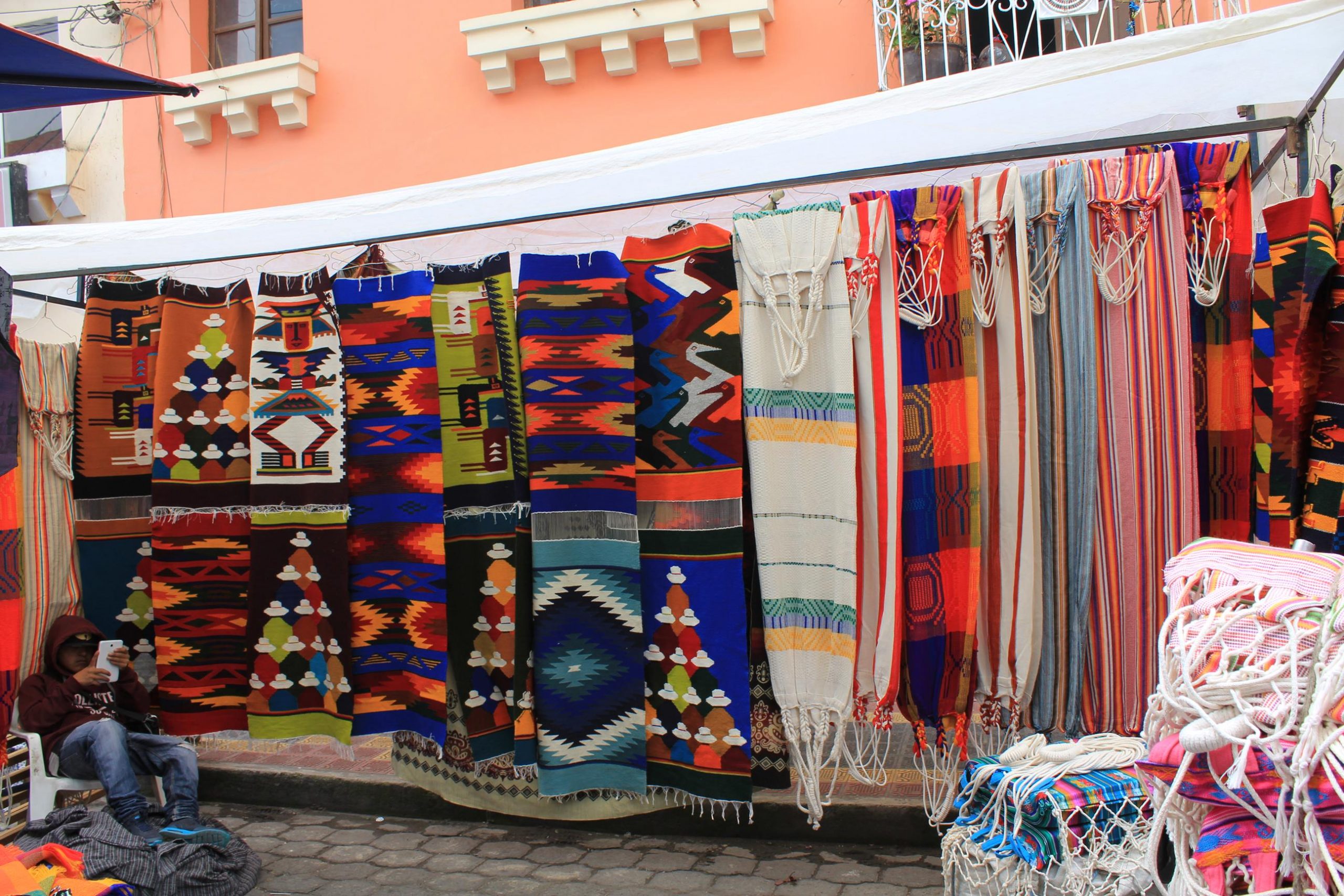
Verschiedene Früchte – Jackfruit, Papaya, Sternfrucht, Platanos, Ananas, Mangos, etc.
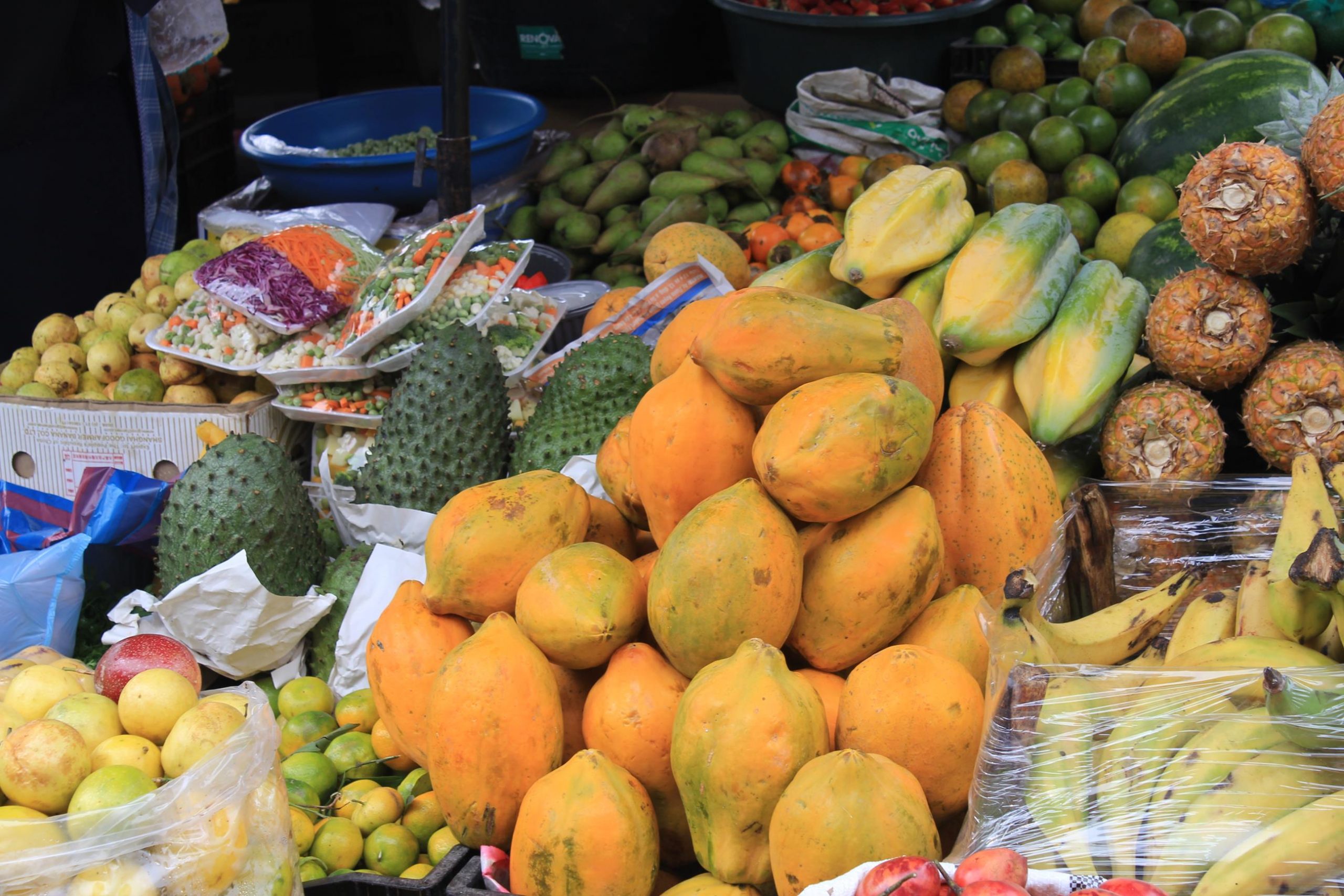
Parque del Condor
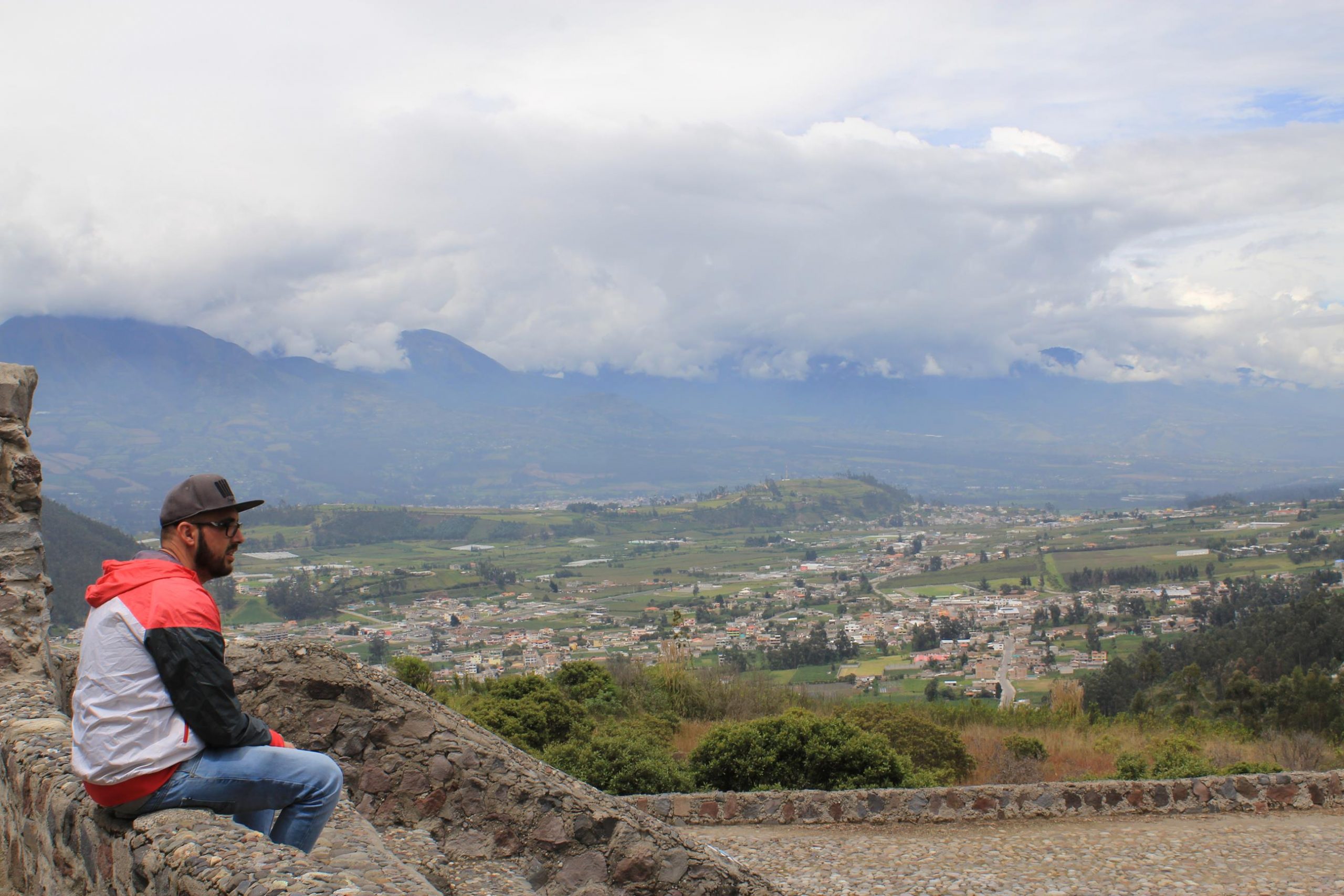
Als kleinen Ausflug sind wir mit dem Taxi (5 USD) in den Condor Park gefahren. Dieser gehört einem Europäer und beheimatet krank oder verwahrlost aufgefundene Vögel, die nicht mehr ausgewildert werden können. Die Tiere werden in Käfigen gehalten und einige davon für die Flugshow befreit. Das Gelände ist unwegsam gepflastert, wirkt aber gepflegt und bietet zum Abschluss einen unglaublichen Ausblick auf die Umgebung. Mit vier Dollar ist der Eintritt nicht hoch angesetzt und vollkommen gerechtfertigt. Die Schilder und die Flugshow sind leider nur auf Spanisch, interessant ist der Besuch aber allemal. Die Tiere aus der Nähe zu betrachten ist vor allem bei dem Namensgeber des Parks, dem Andencondor, beeindruckend. Mit einer Spannweite von bis zu 3,2 m ist er ein bemerkenswerter Vogel, aber leider kein Teil der Flugshow.
Schnappschüsse aus dem Park
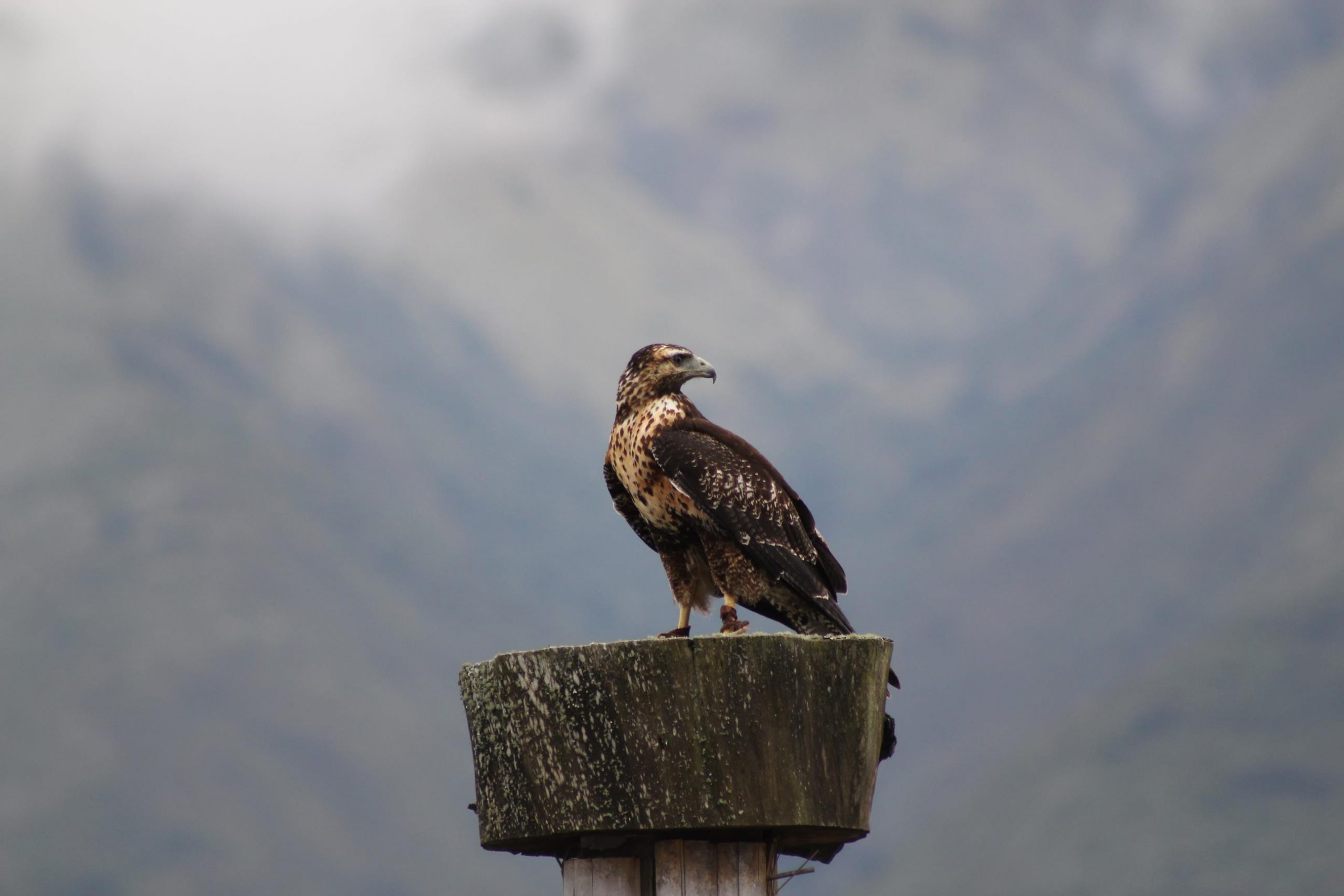
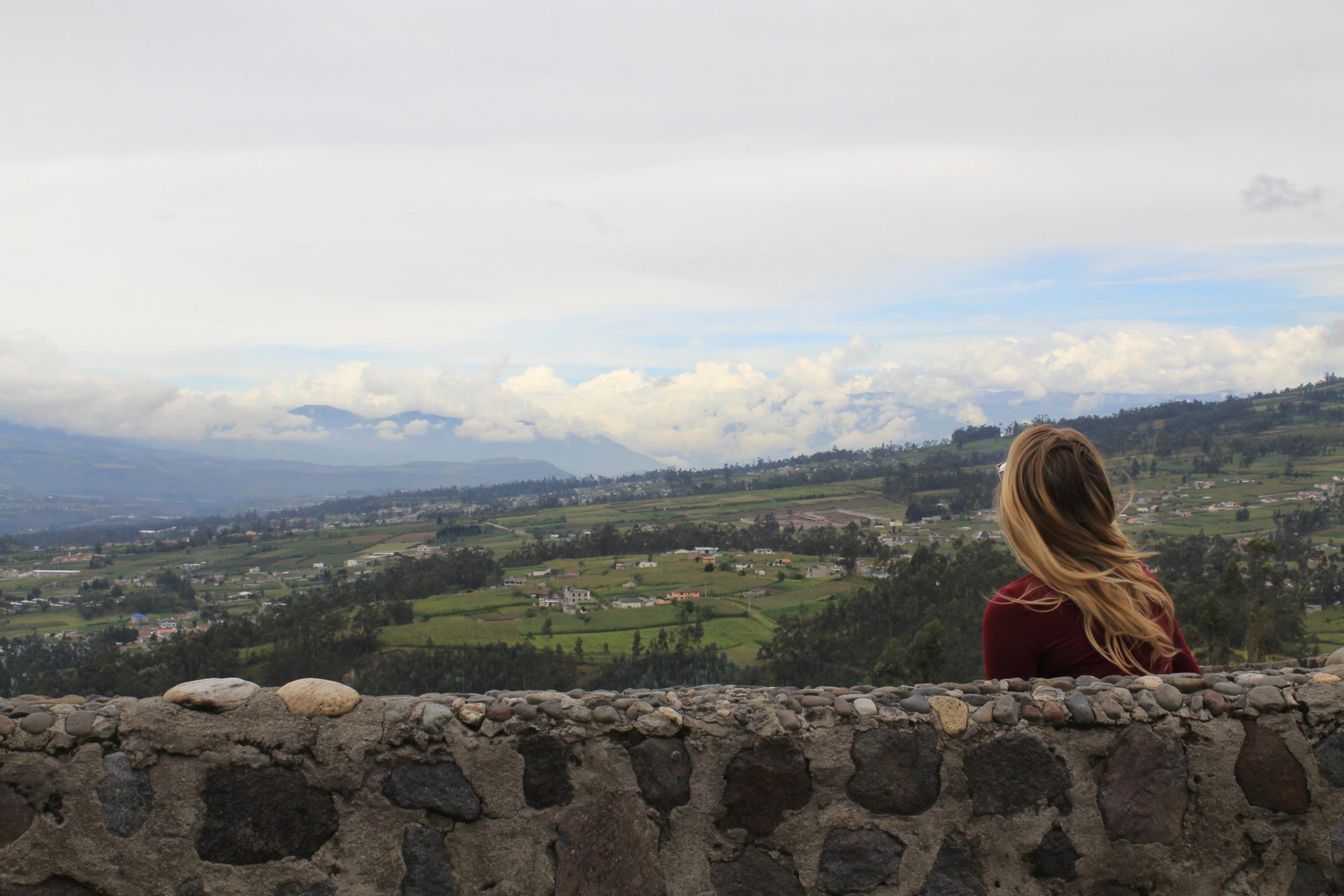
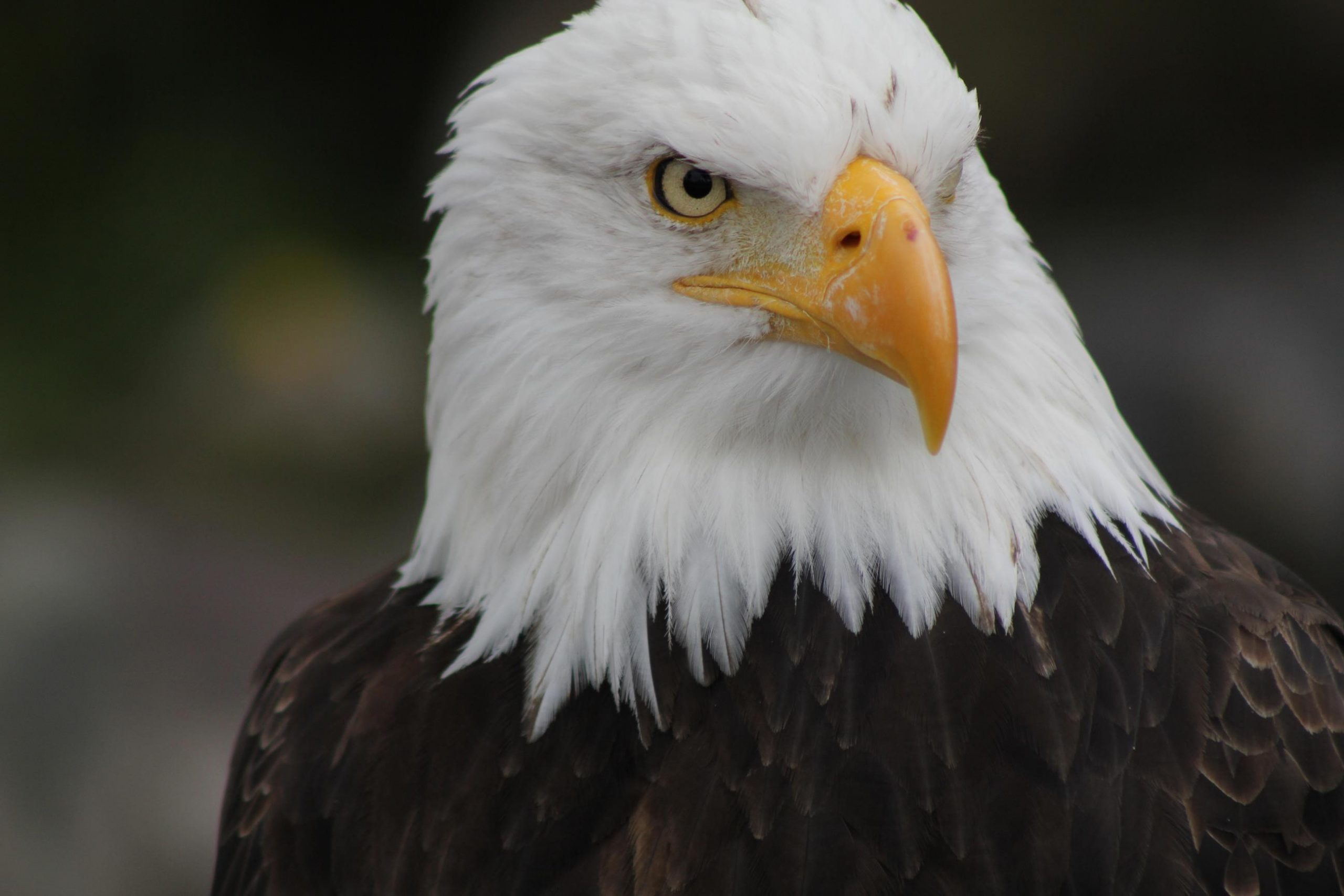
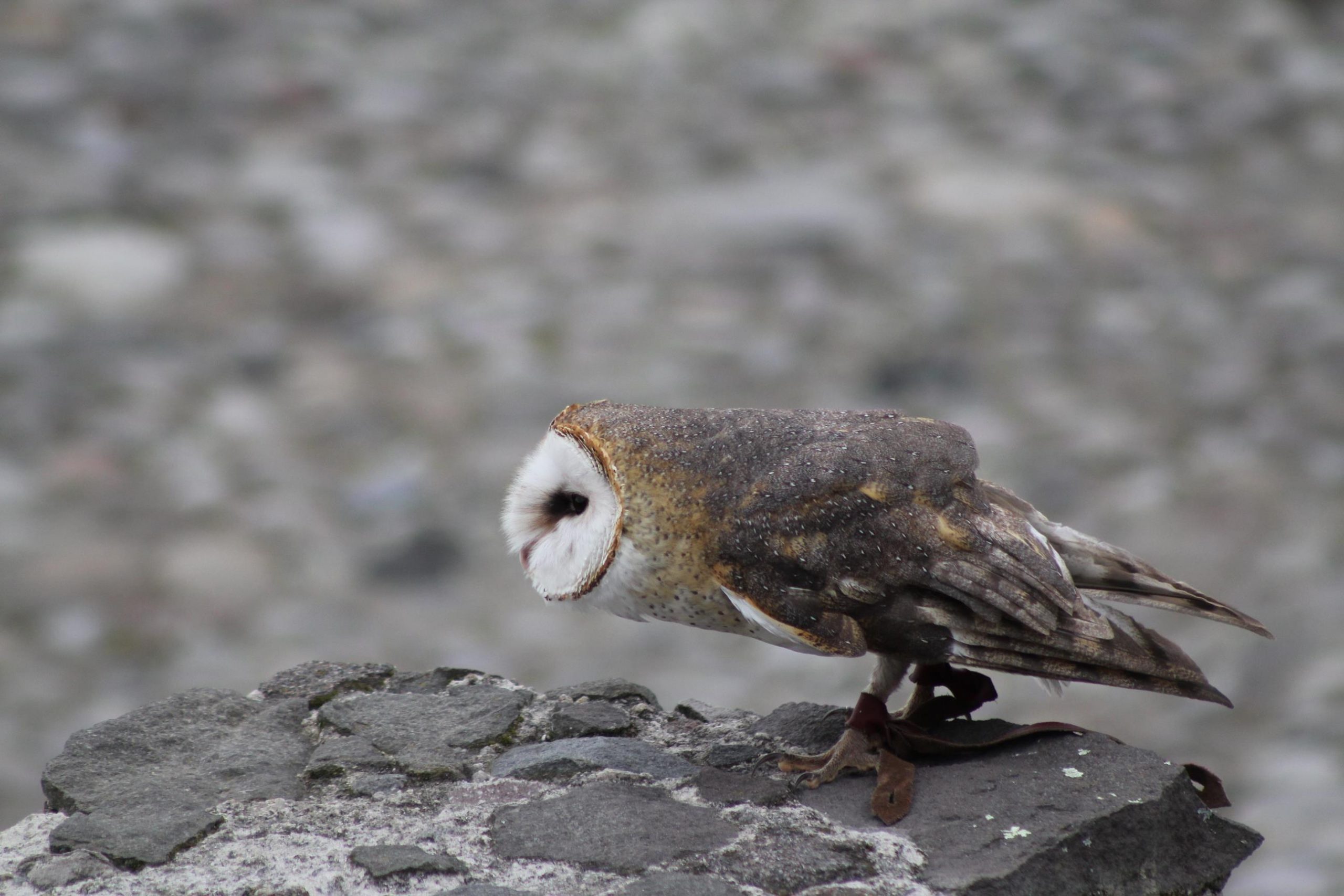
El Lechero
Auf dem Weg zurück in die Stadt waren wir noch kurz bei “El Lechero”, einem Baum, dem Heilkräfte nachgesagt werden. Er steht auf einem Hügel unweit der Straße zum Condor Park. Da wir den Taxifahrer aber nicht warten lassen wollten, waren wir nur kurz vor Ort. Eine schöne Aussicht hat man, ansonsten gibt es aber nichts Besonderes. Der Baum ist übrigens aufgrund von Beschädigungen eingezäunt, siehe folgendes Foto:
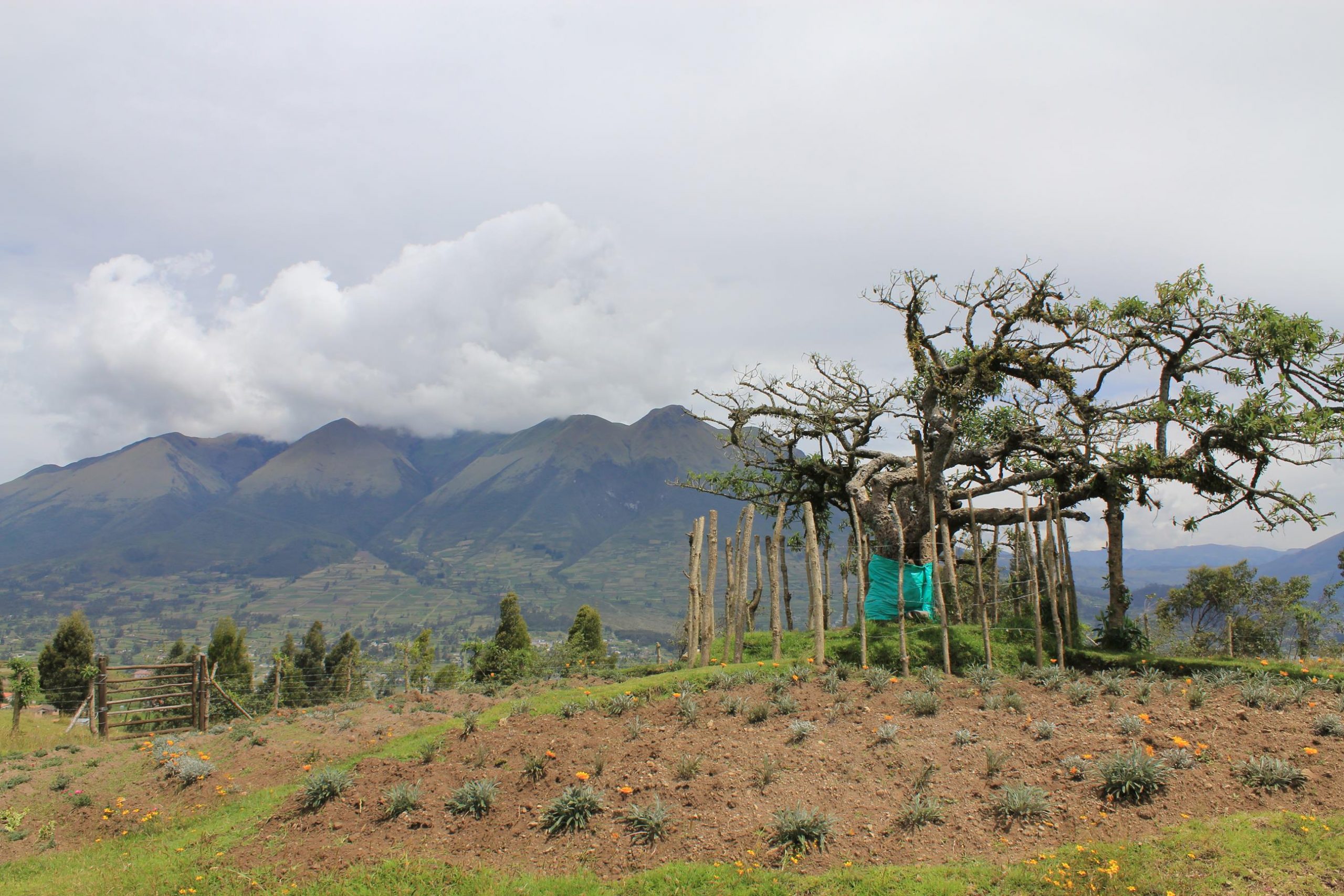
Der Lago San Pablo
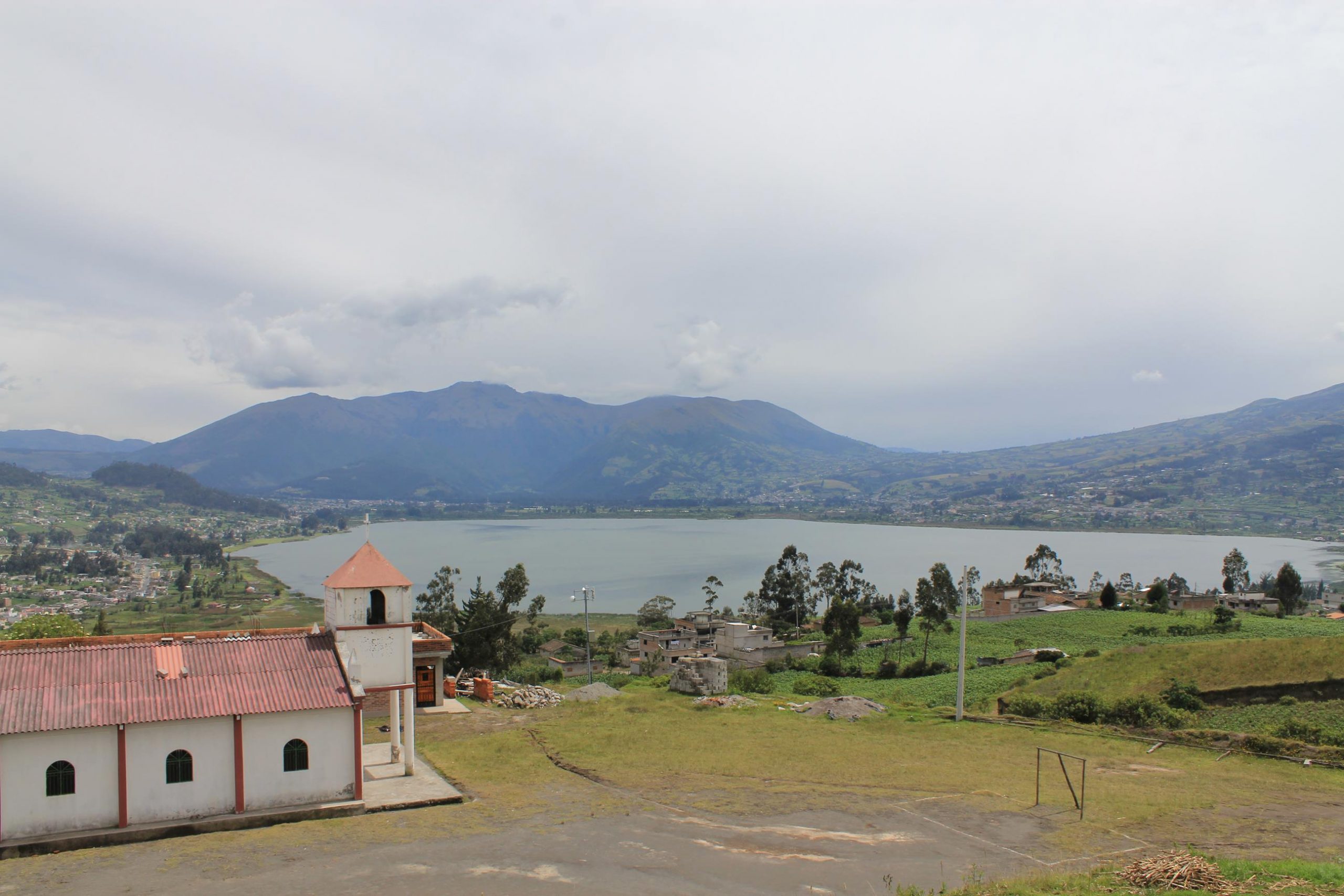
Bus fahren in Ecuador
Auf unserer Reise durch das Land sind wir ausschließlich mit dem Bus unterwegs gewesen. Das System hinter den Verbindungen ist kein europäischer Standard und Haltestellen erkennt man eher selten als solche, im Großen und Ganzen kommt man aber einfach von Stadt zu Stadt. Die Busse haben oft eine viel zu kalt eingestellte Klimaanlage, spanische Musik dröhnt aus den Boxen und ständig laufen Snackverkäufer im schmalen Gang des Fahrzeugs auf und ab. Dafür bekommt man allerdings eine wunderschöne Kulisse an Landschaften zu Gesicht und kommt mit anderen Reisenden ins Gespräch.
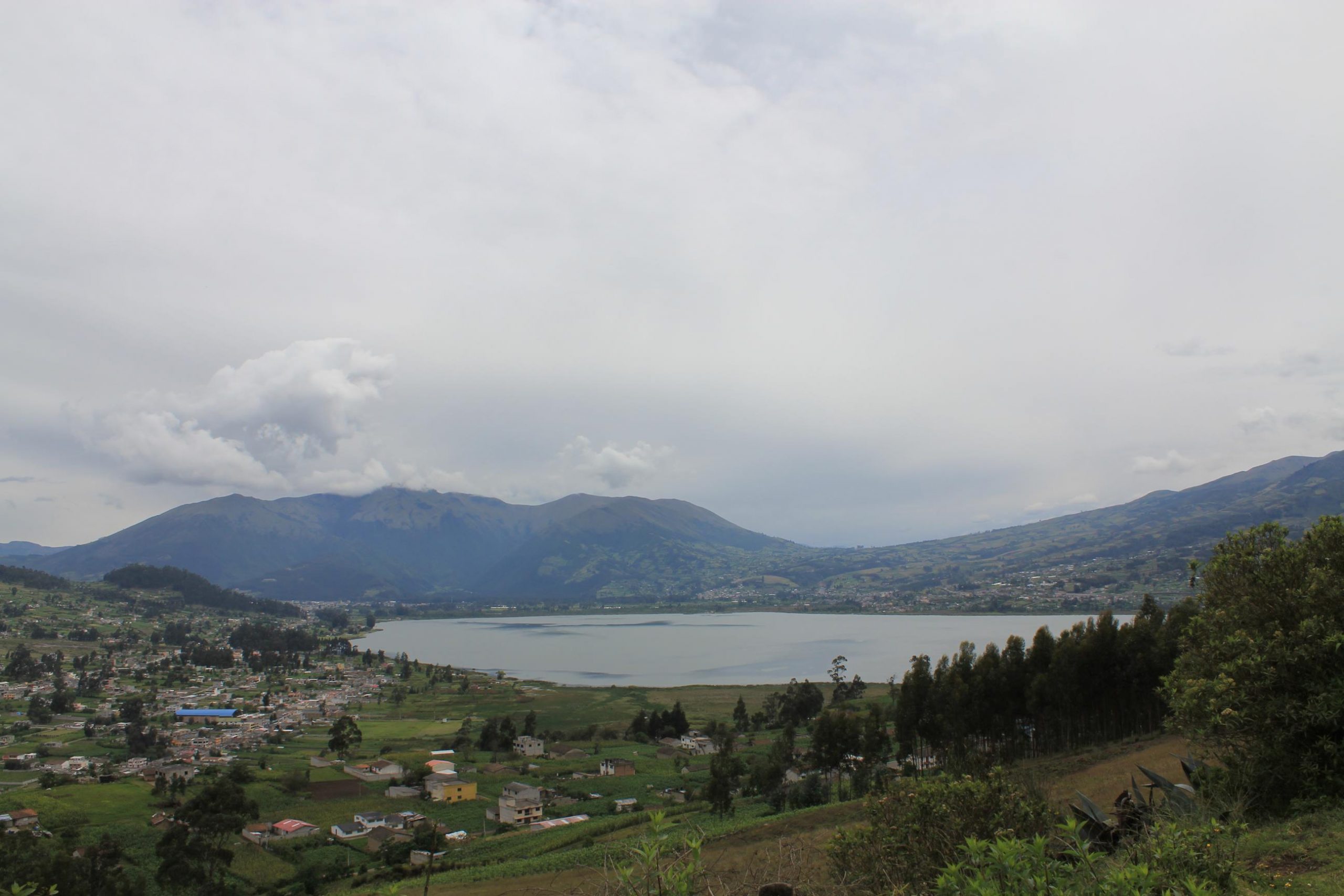
Allgemein würde ich es (mit dem eigenen Auto) vorziehen tagsüber zu reisen – nicht nur wegen des schönen Ausblicks. Nachts sind die Straßen kaum beleuchtet, die Straßenqualität reicht von frisch geteert zu schlechtem Feldweg (manchmal wechselt das einige Male innerhalb weniger Schritte) und es gibt keinerlei Schilder, die vor einer der “Flausen” im Straßensystem warnen. Der erfahrene Busfahrer weiß natürlich wo ein Stück Straße fehlt oder ein großes Schlagloch liegt, der Tourist allerdings nicht.
Von Otovallo fuhren wir an unserer letzten Haltestelle Papallacta vorbei und direkt nach Tena, dem “Tor zum Amazonas”. Mehr darüber in meinem nächsten Beitrag!
C-L


